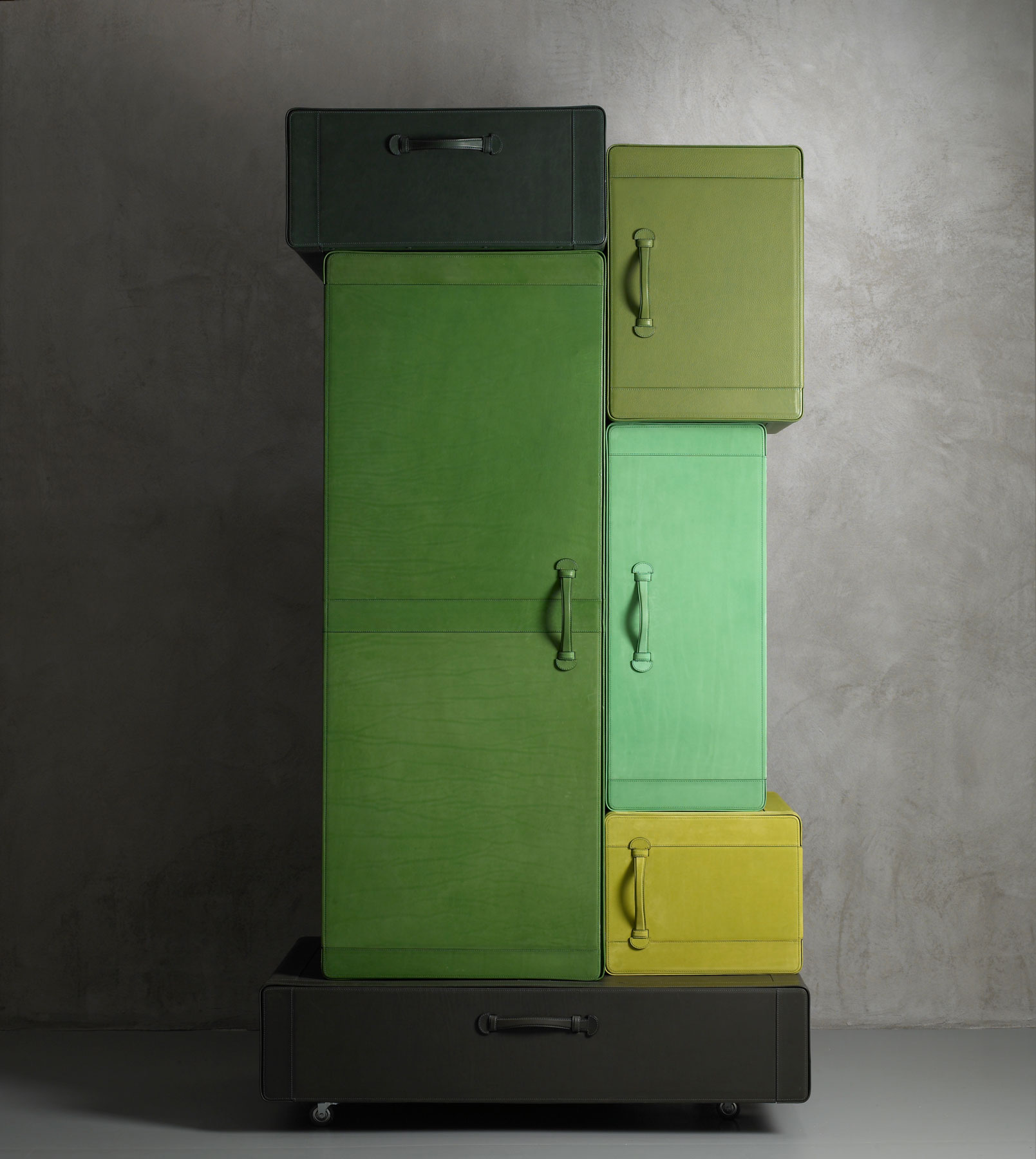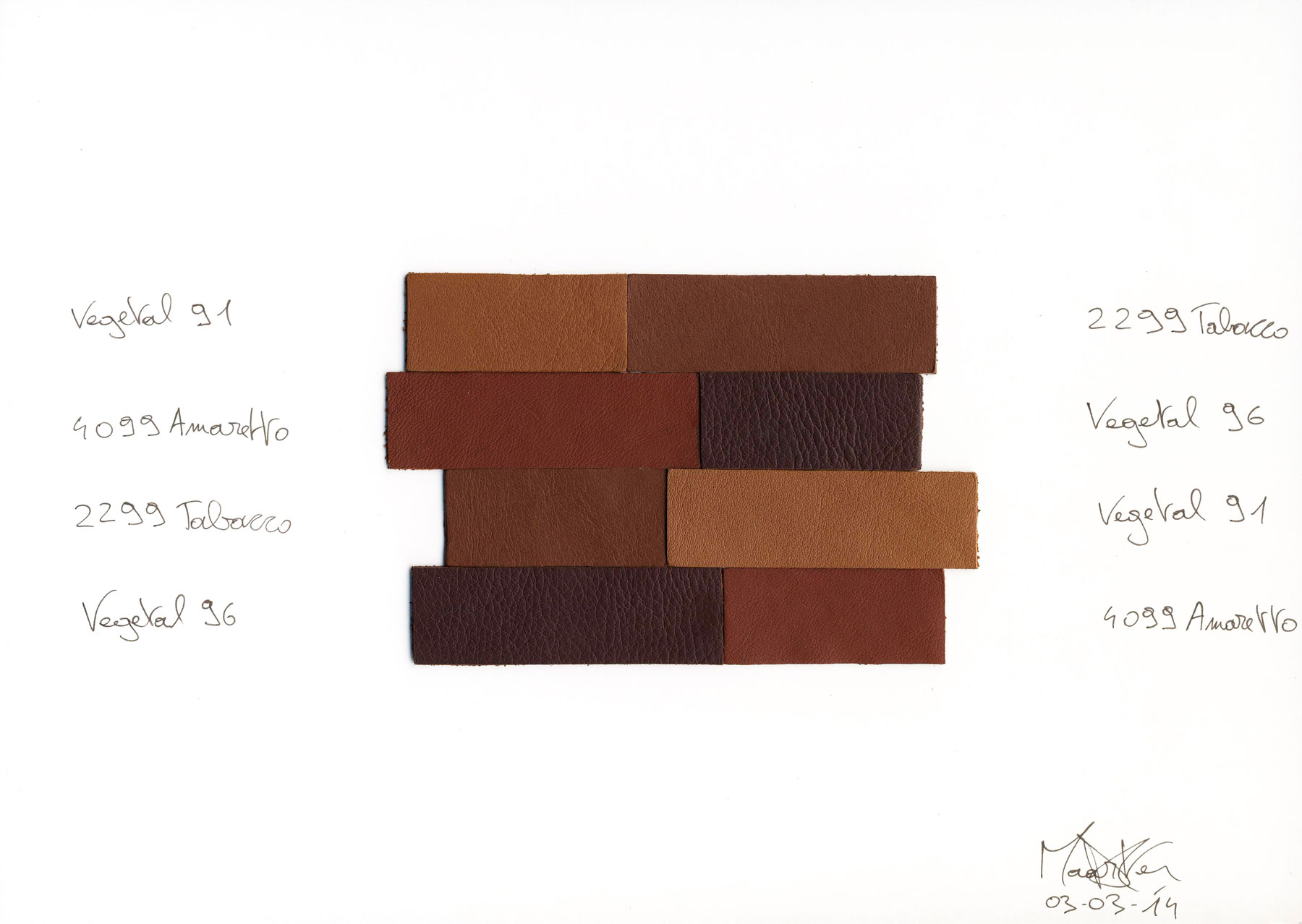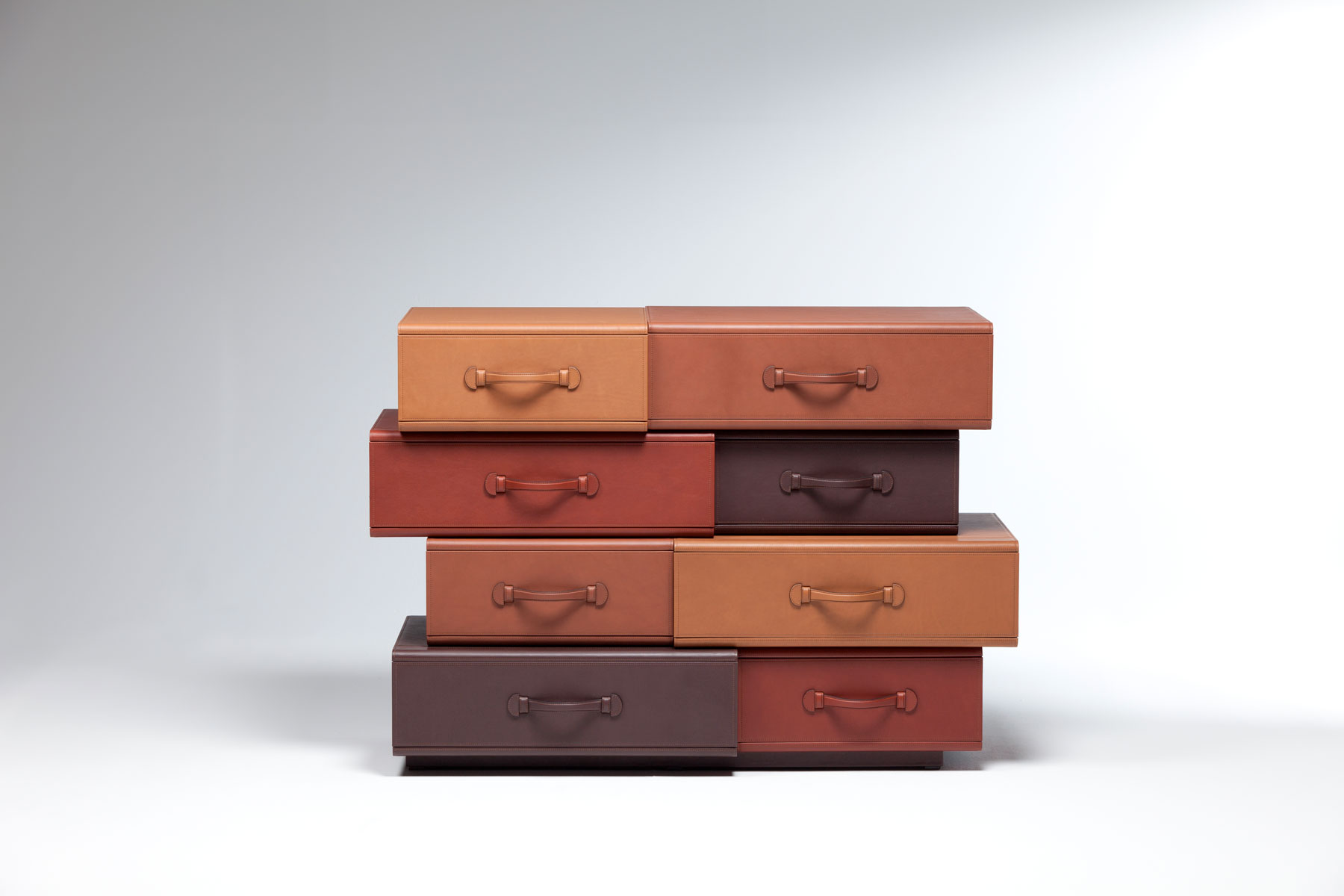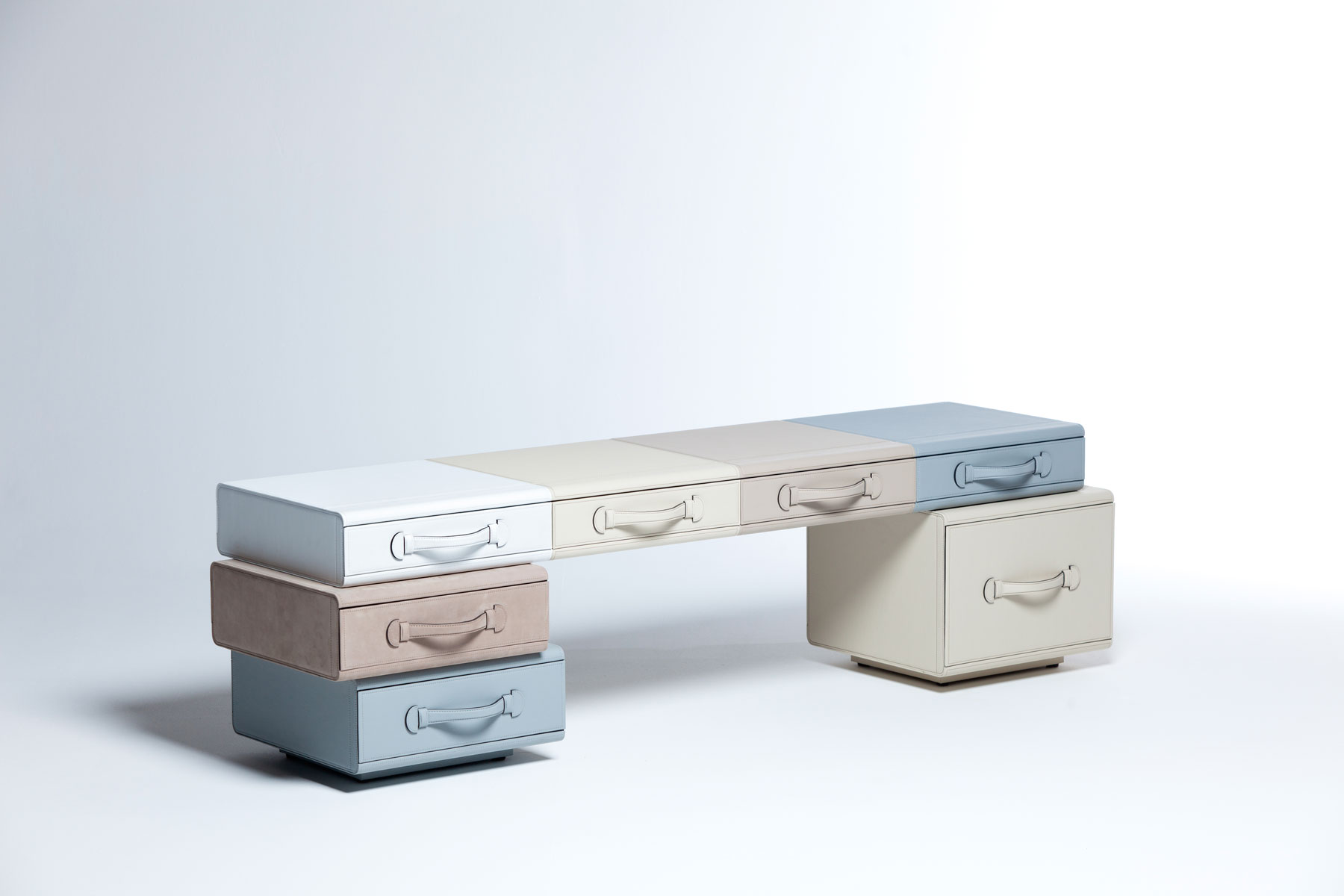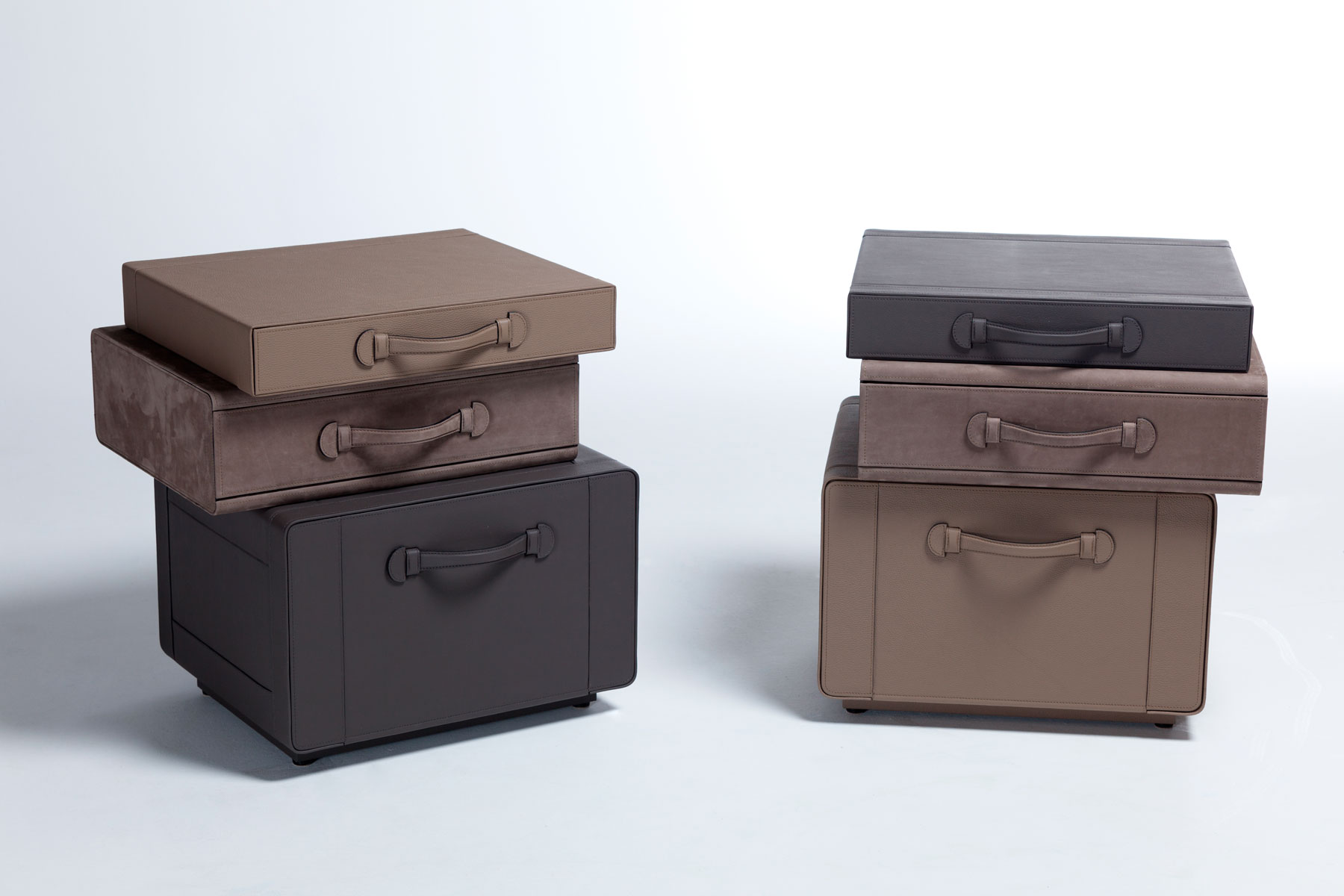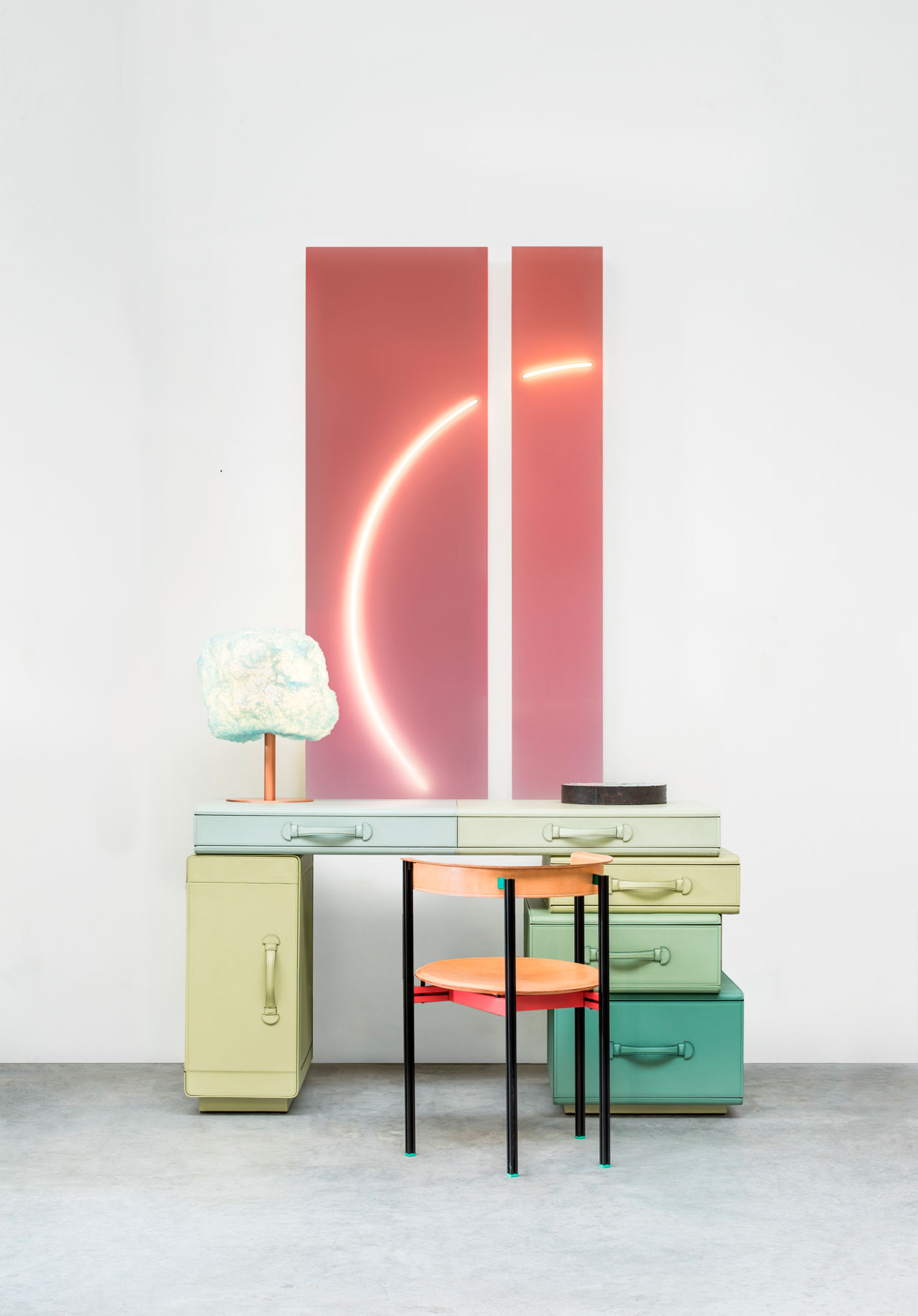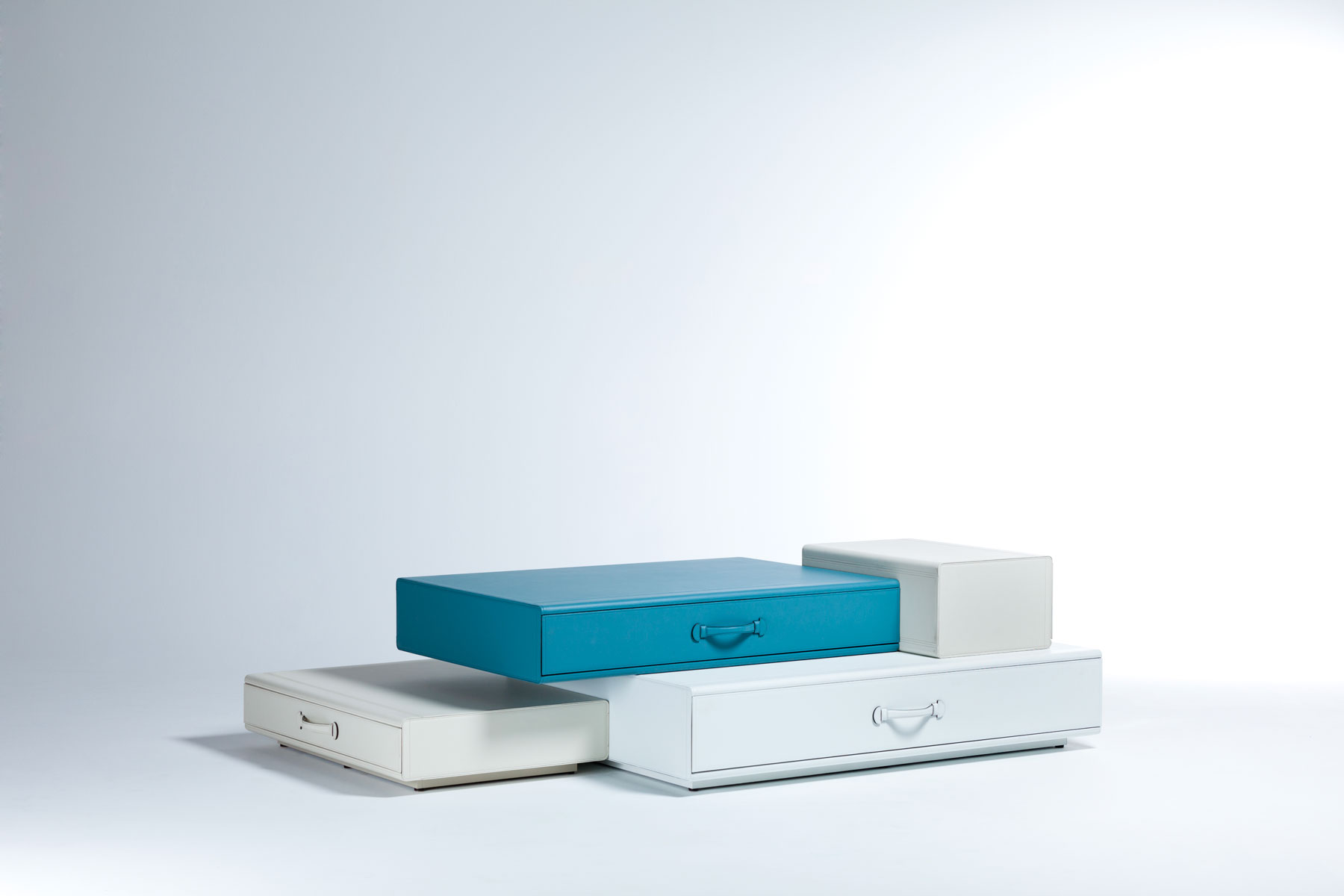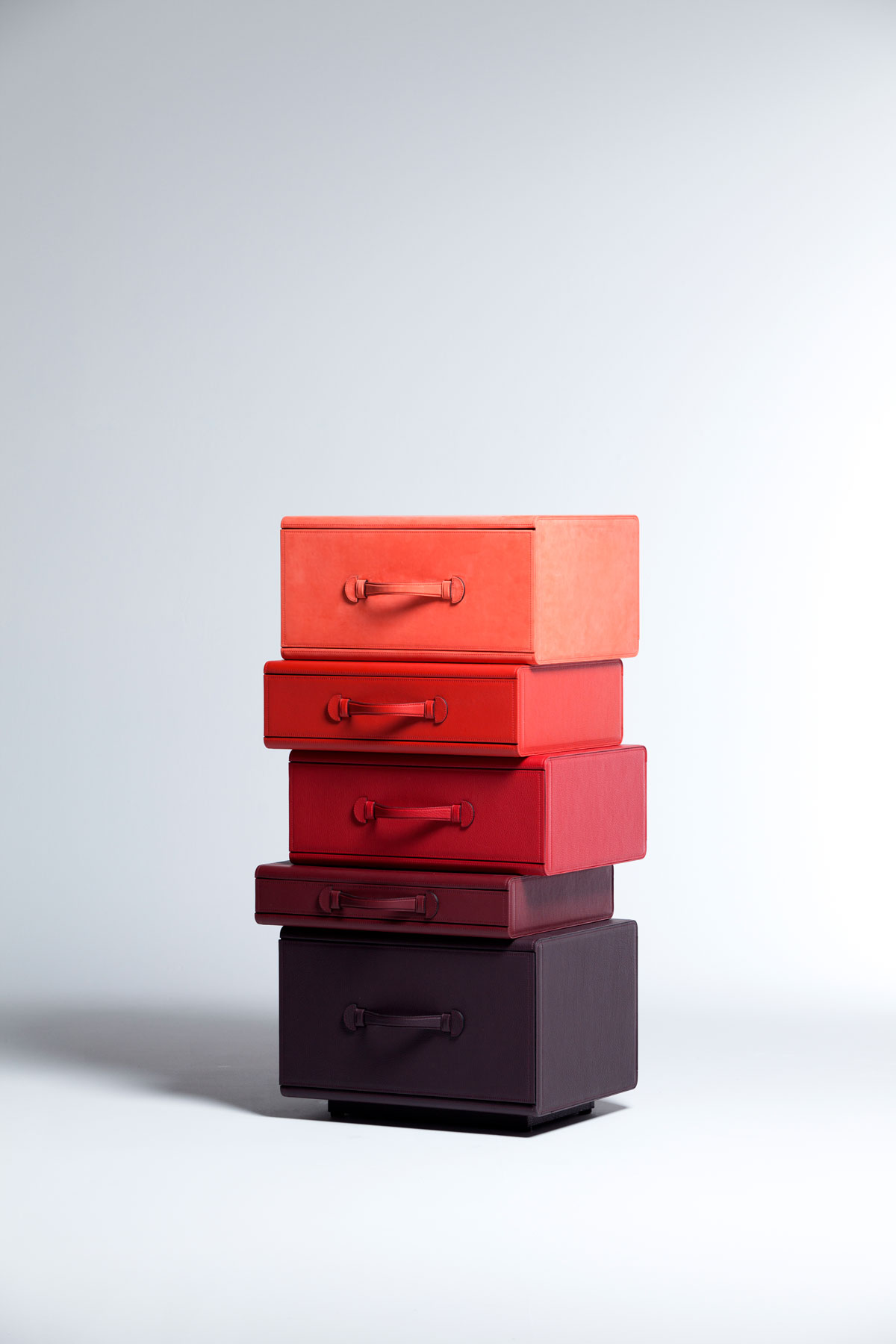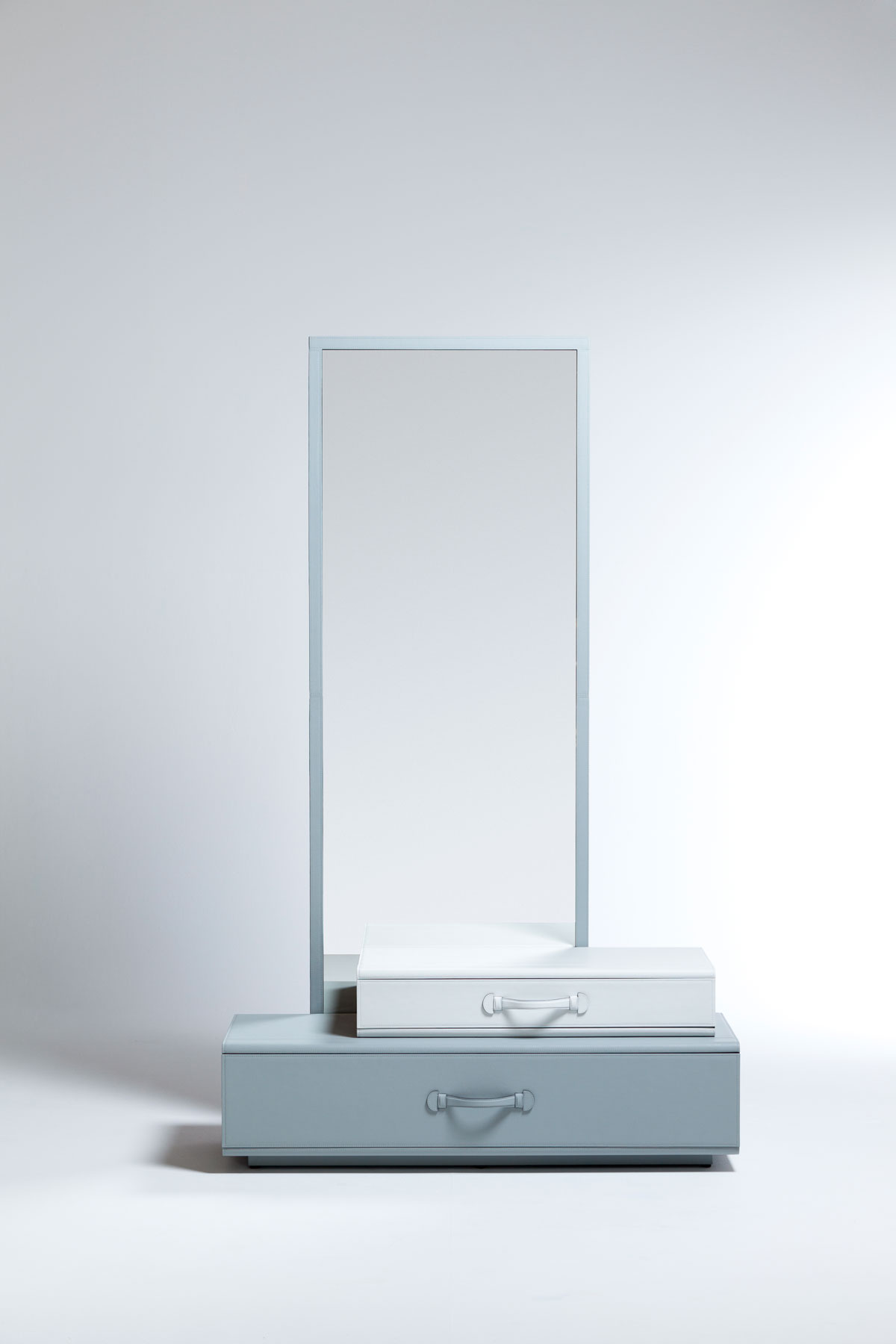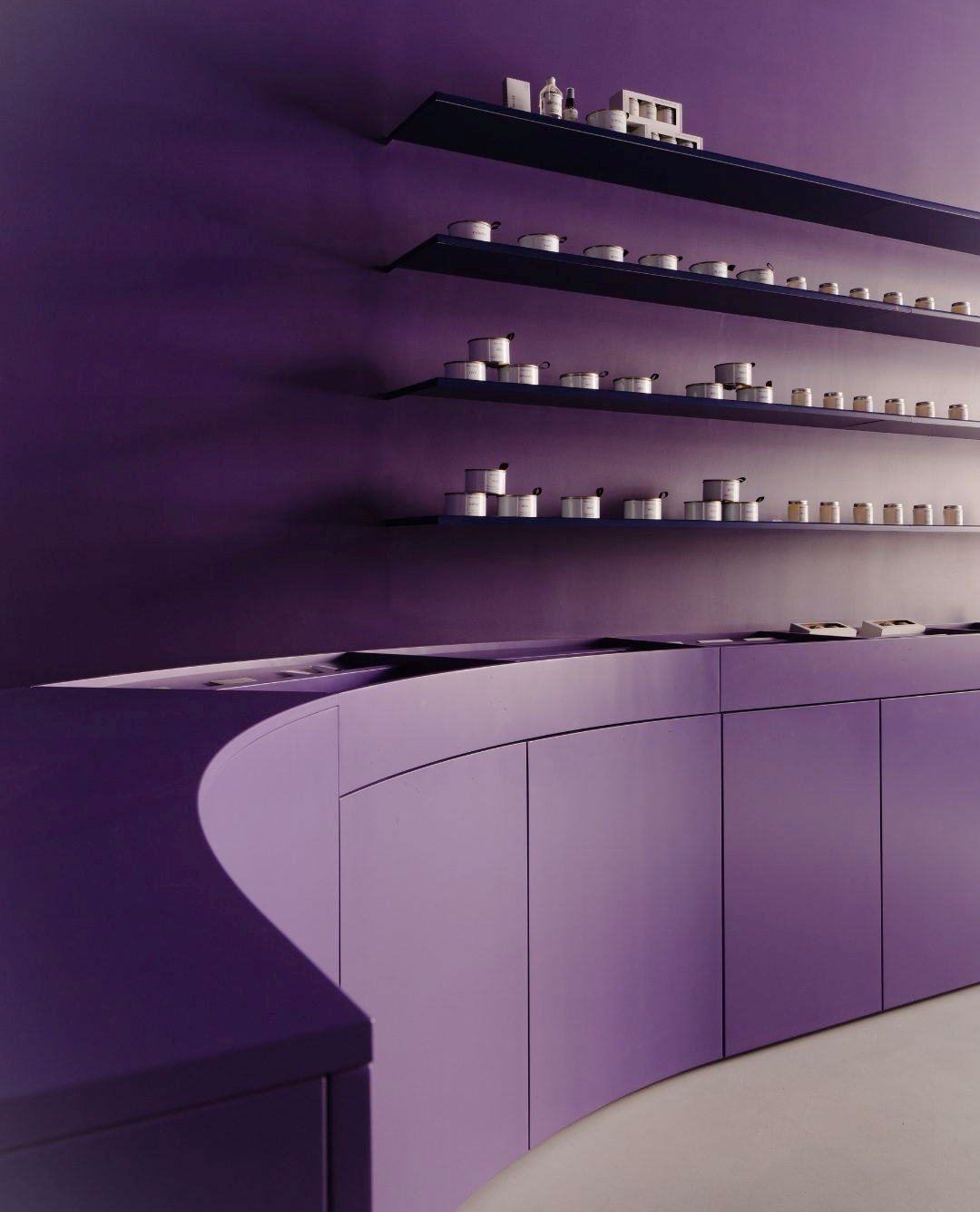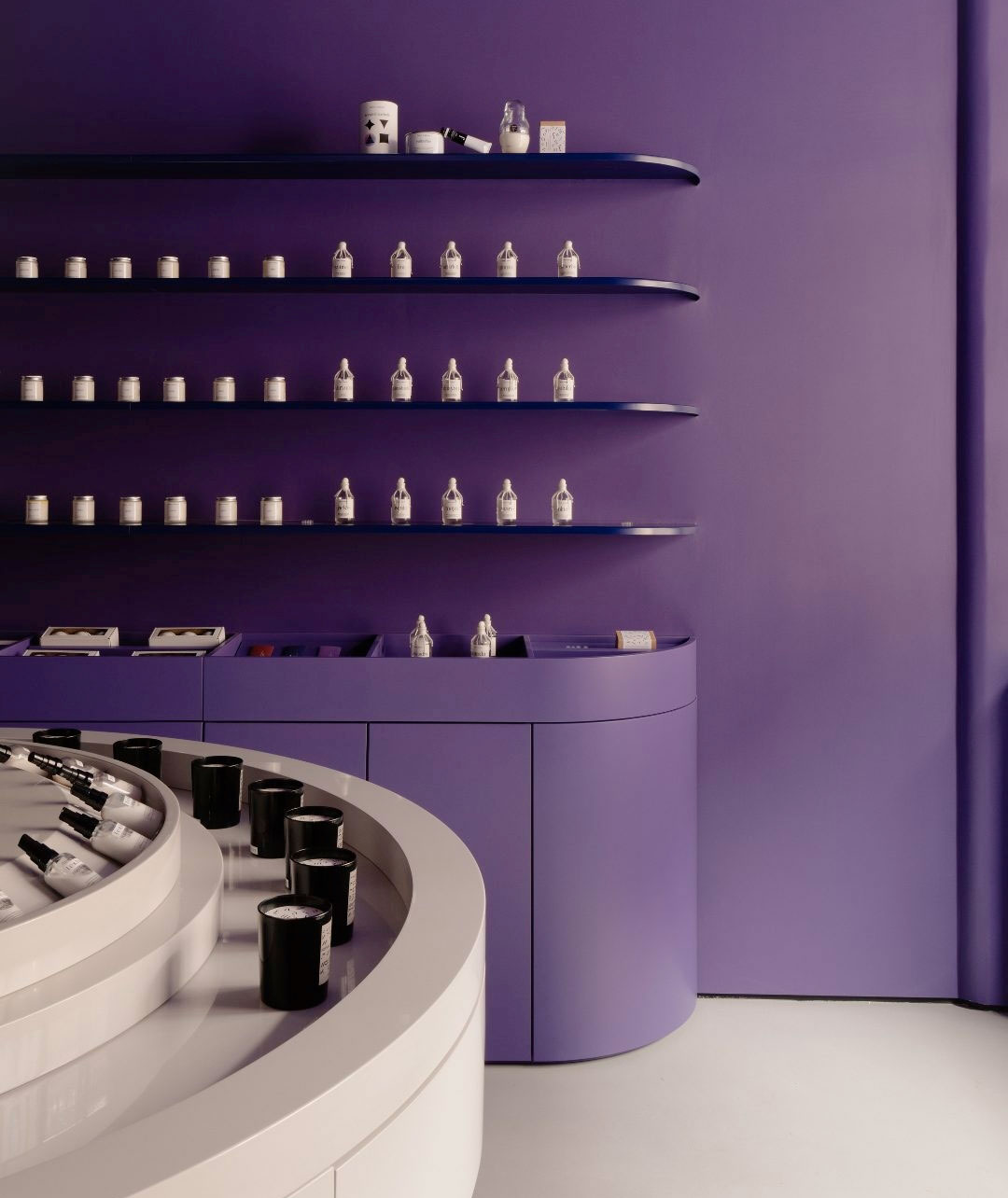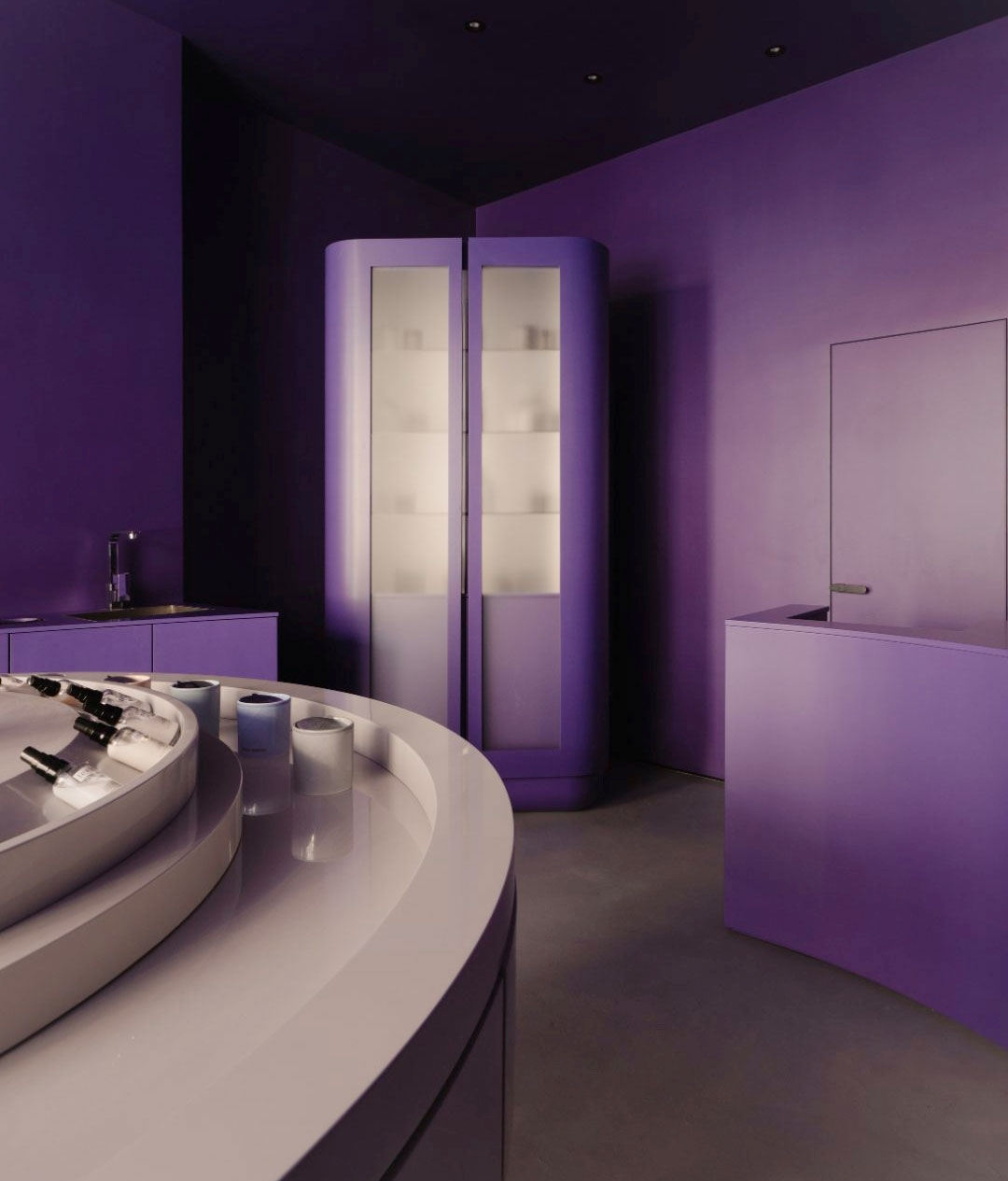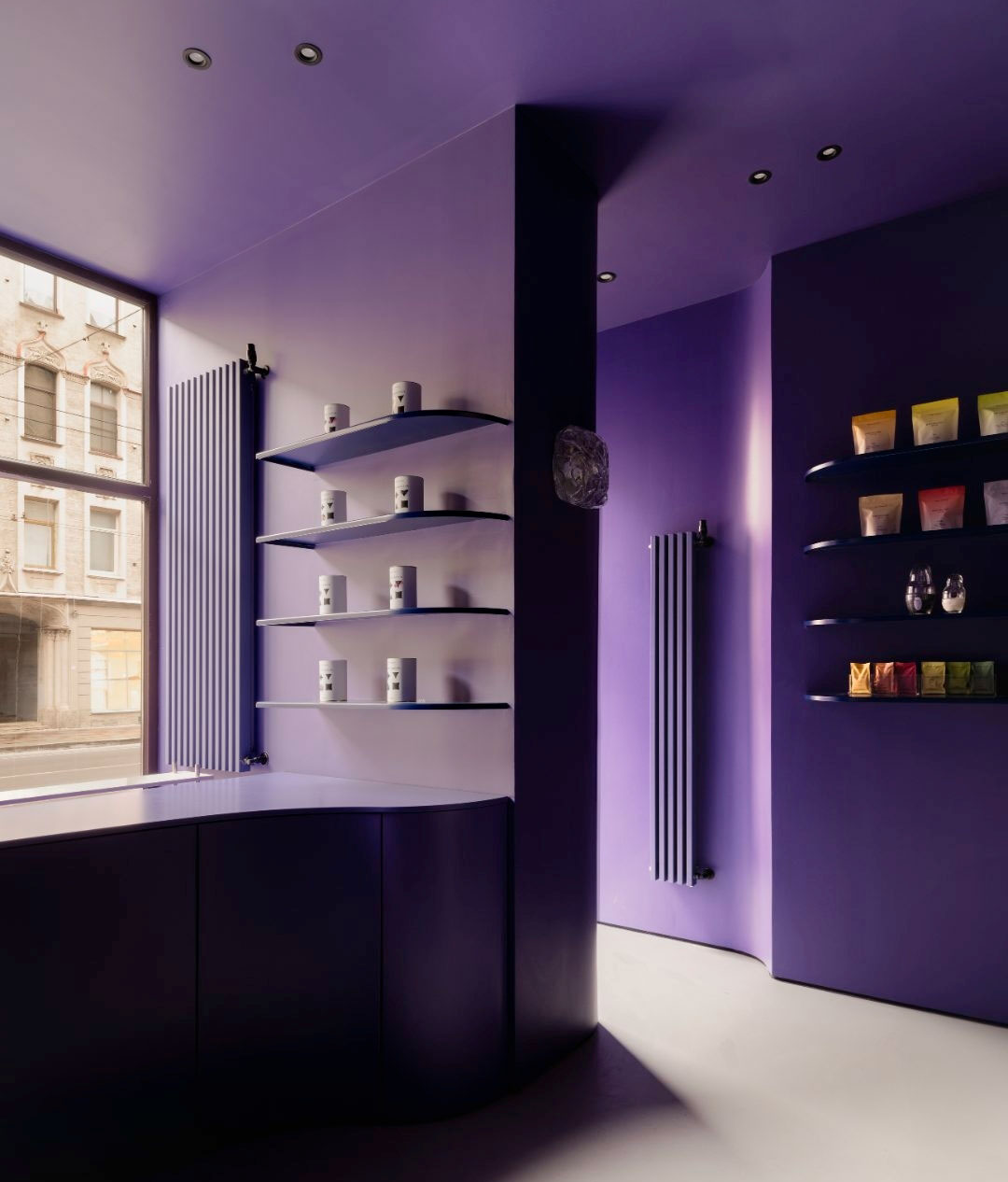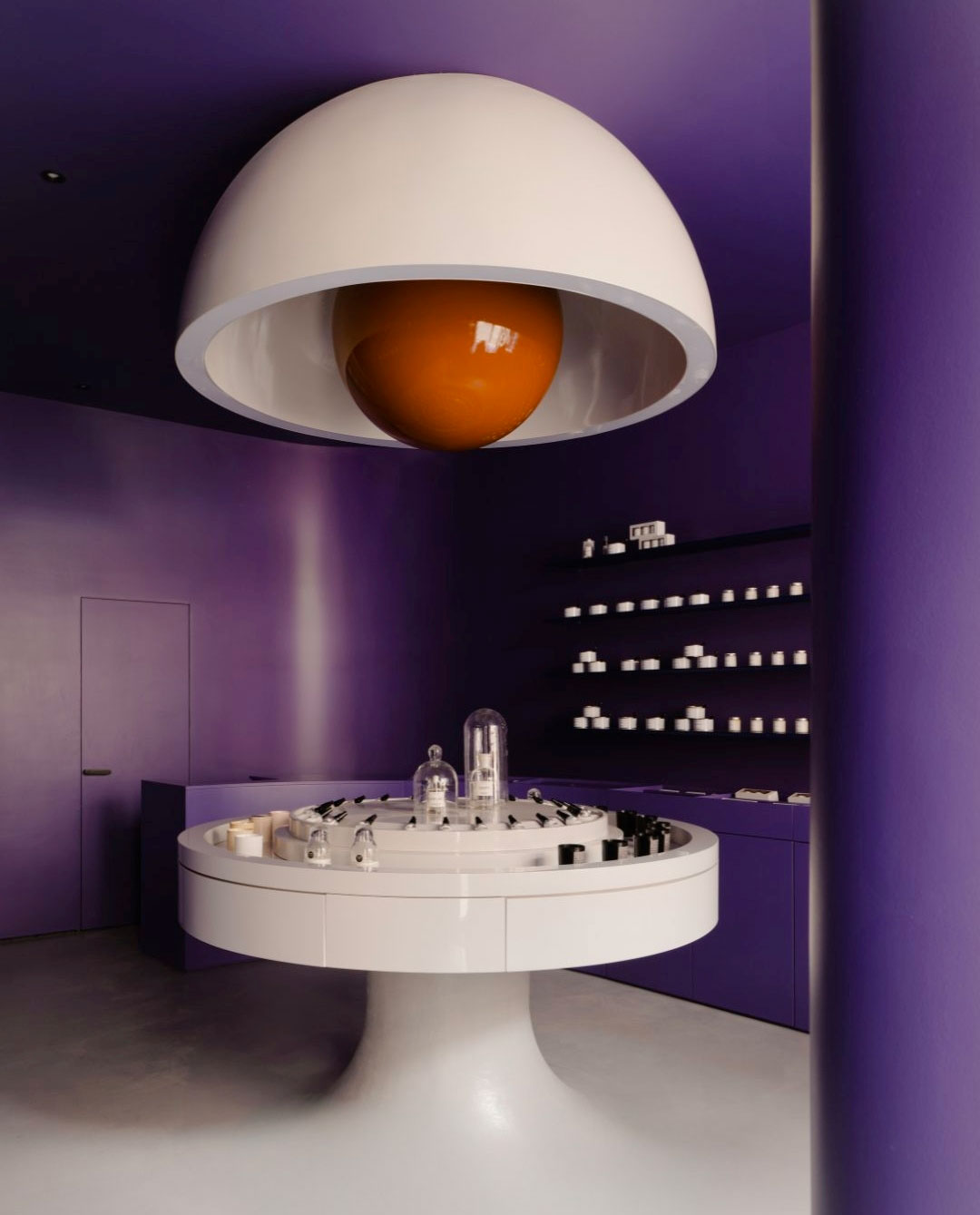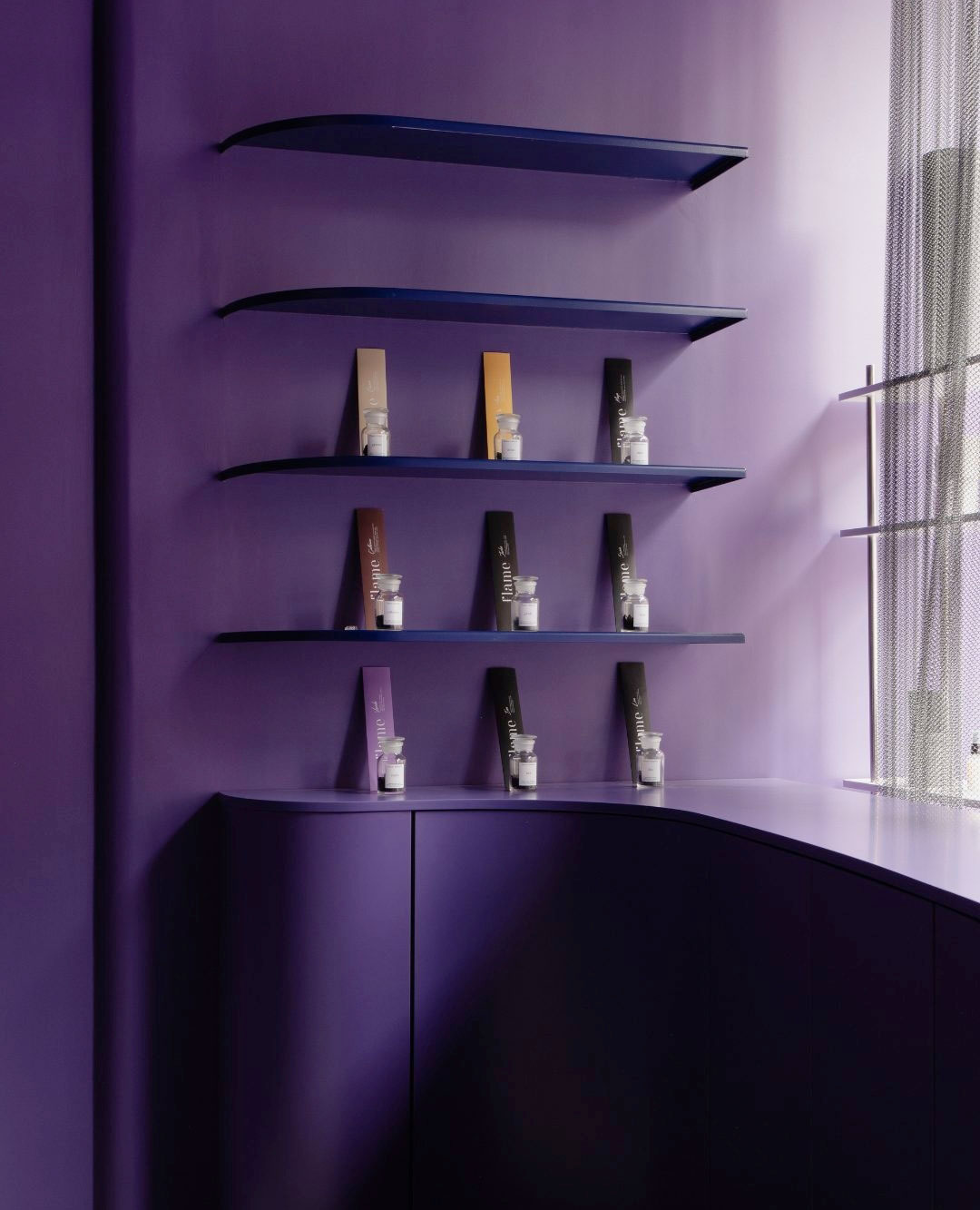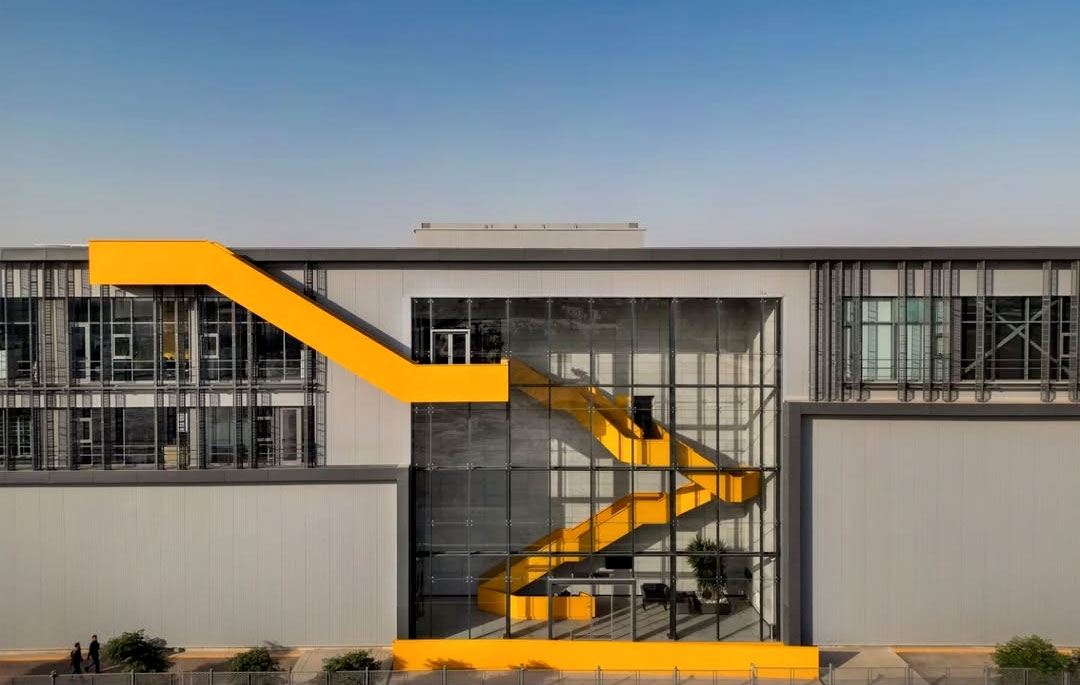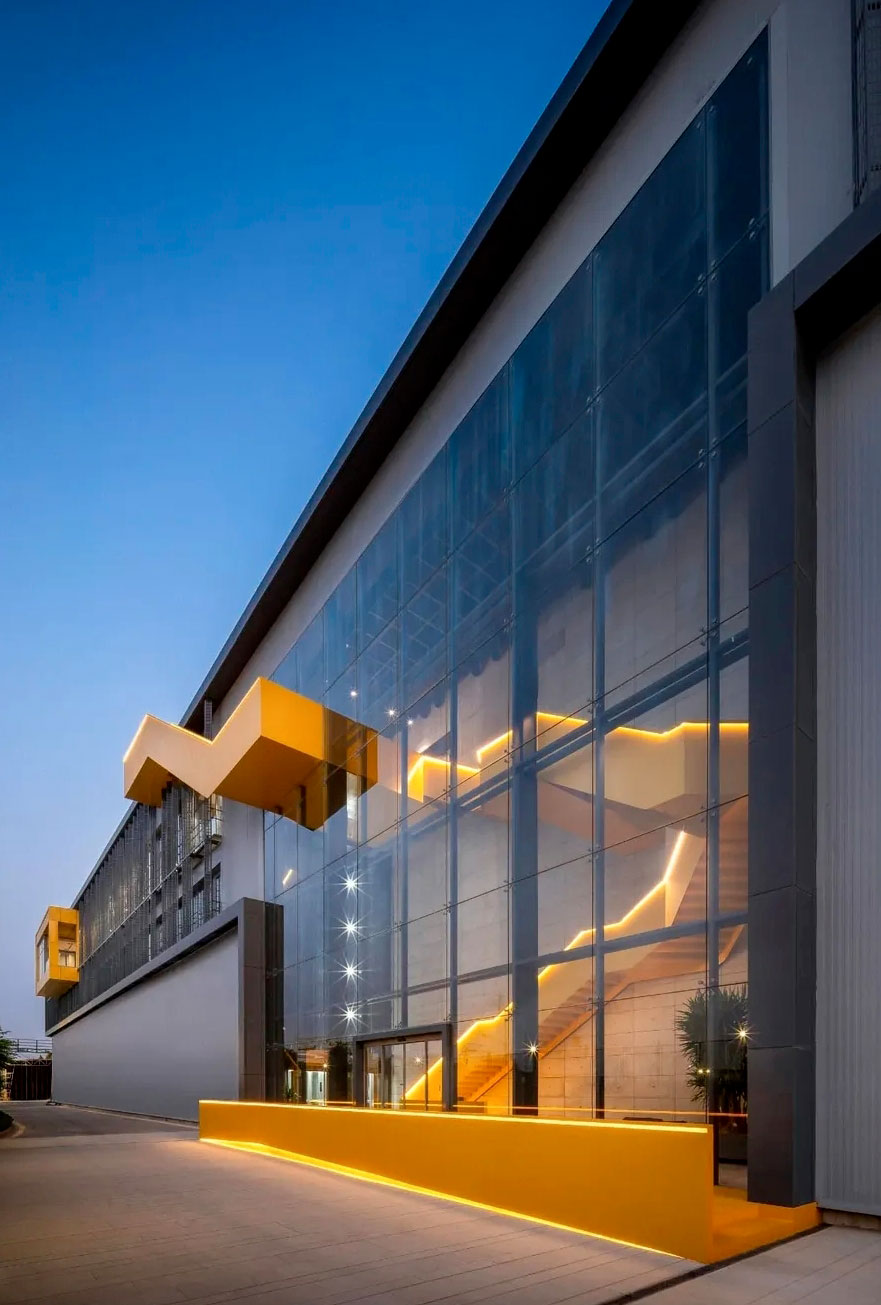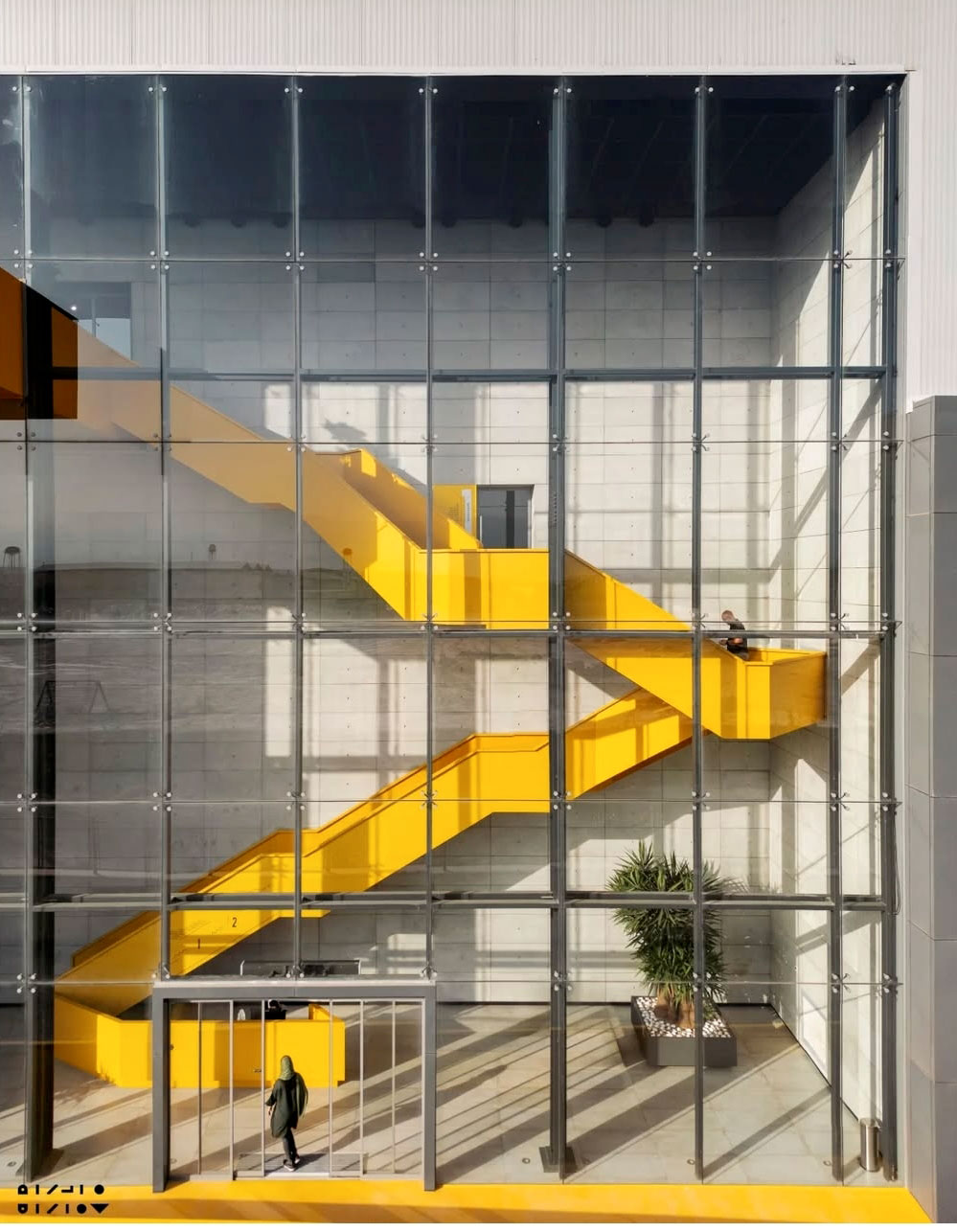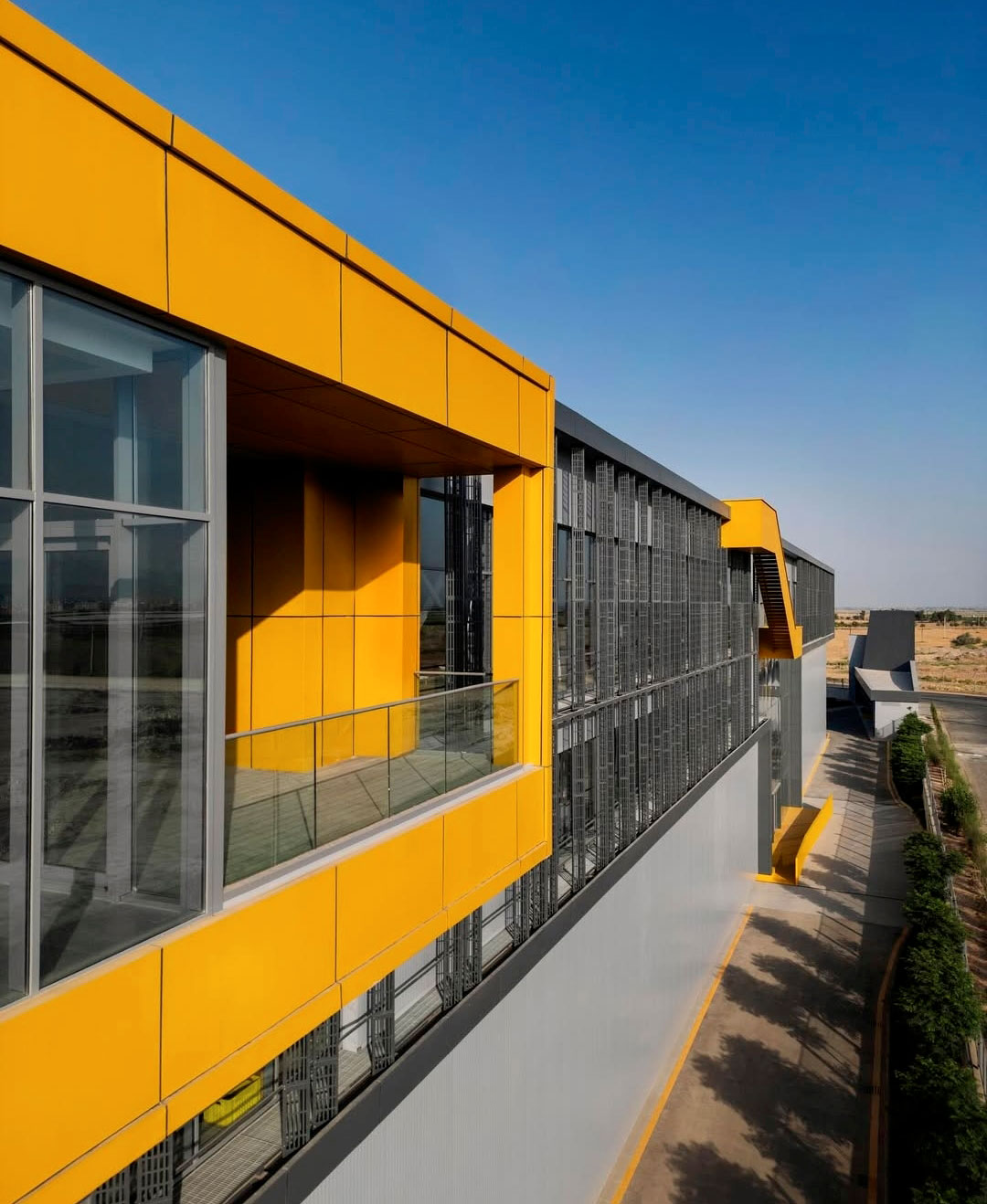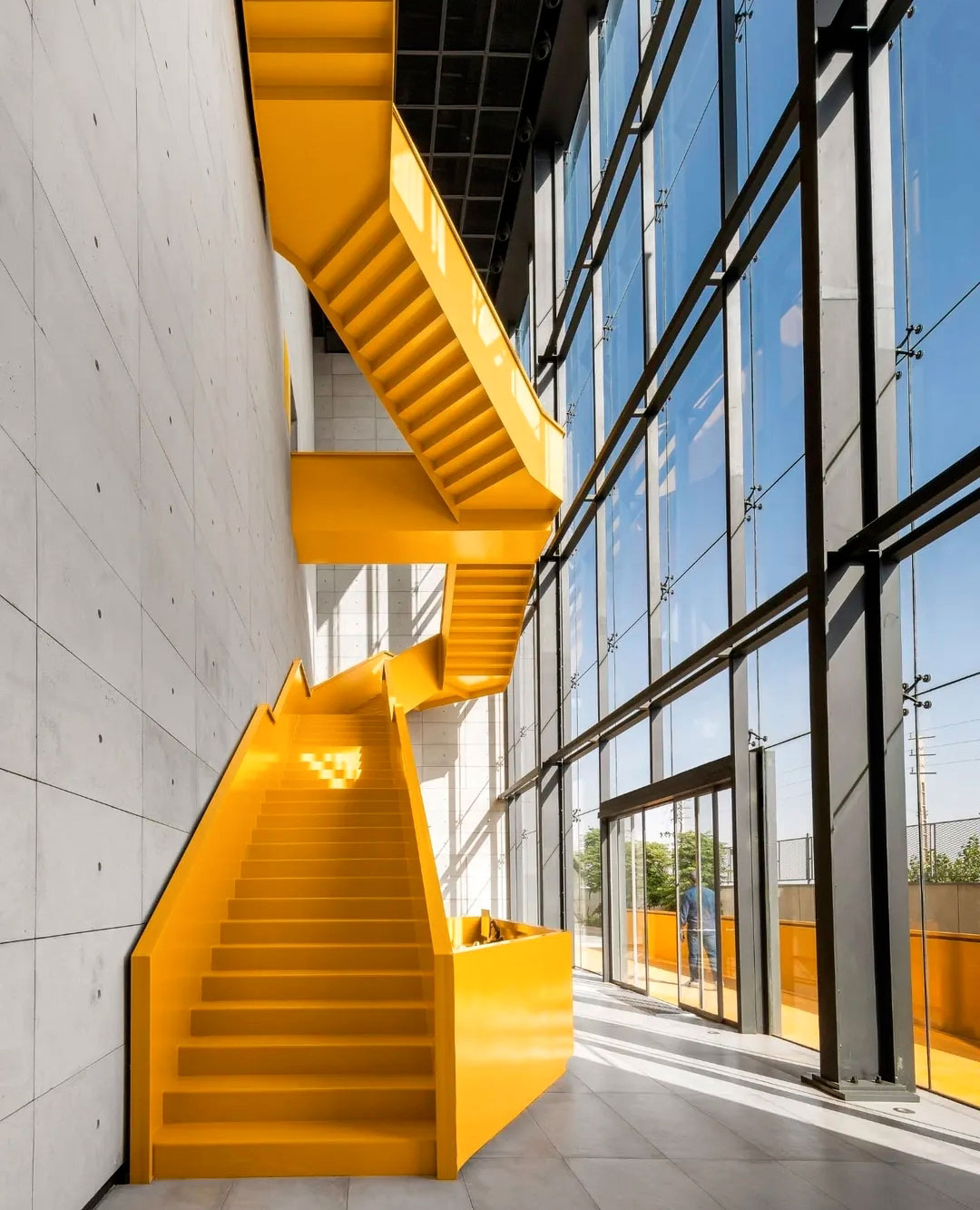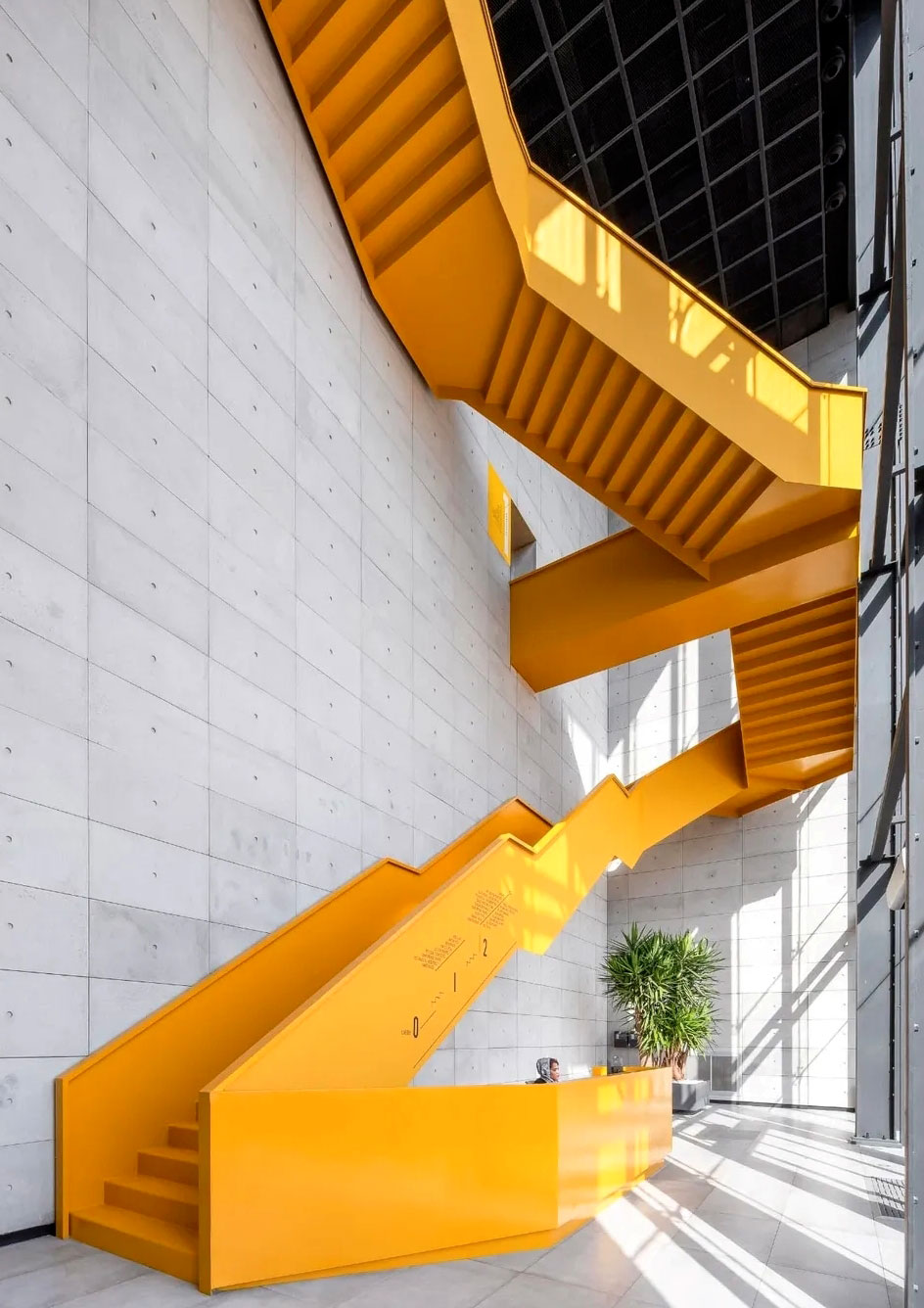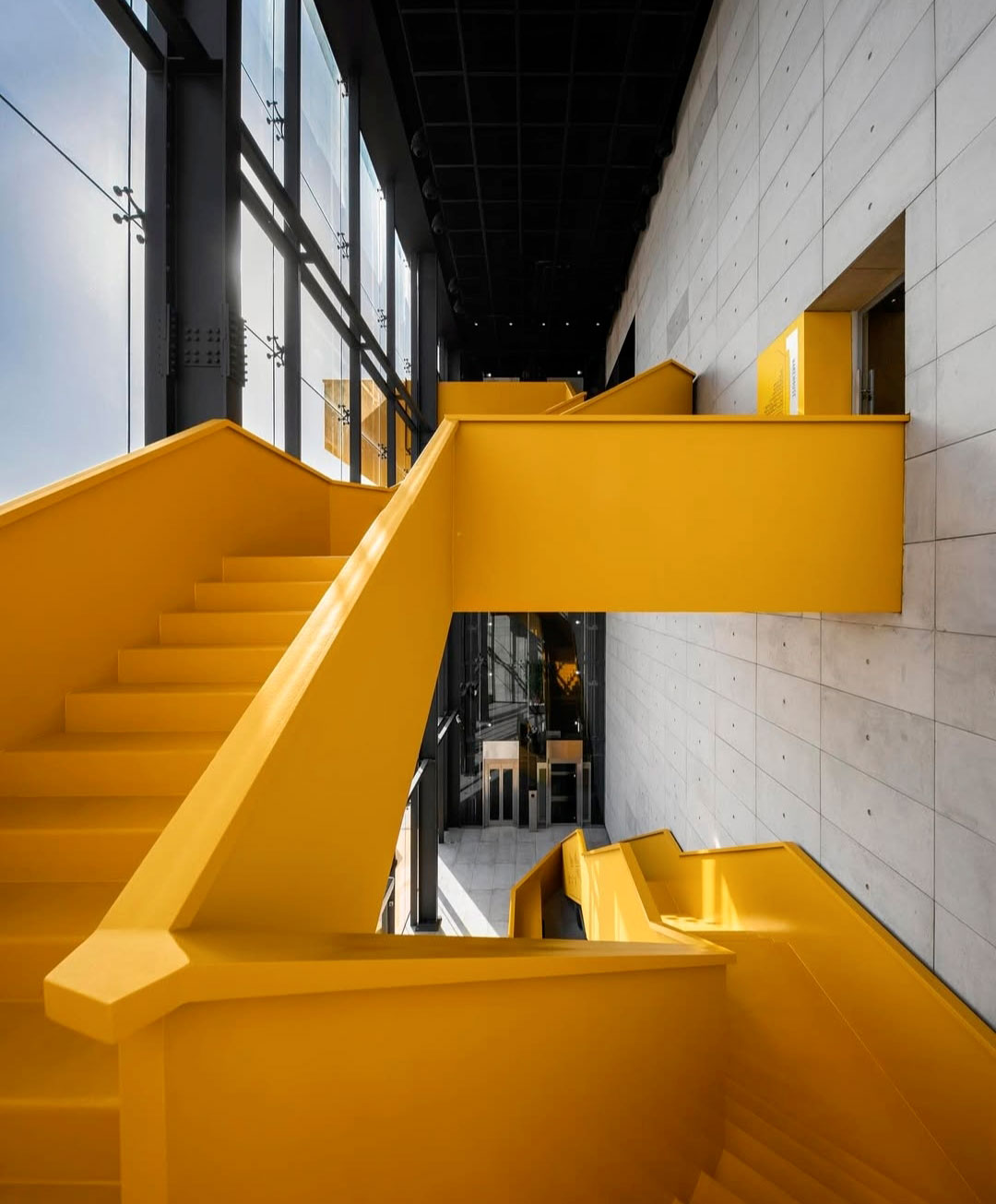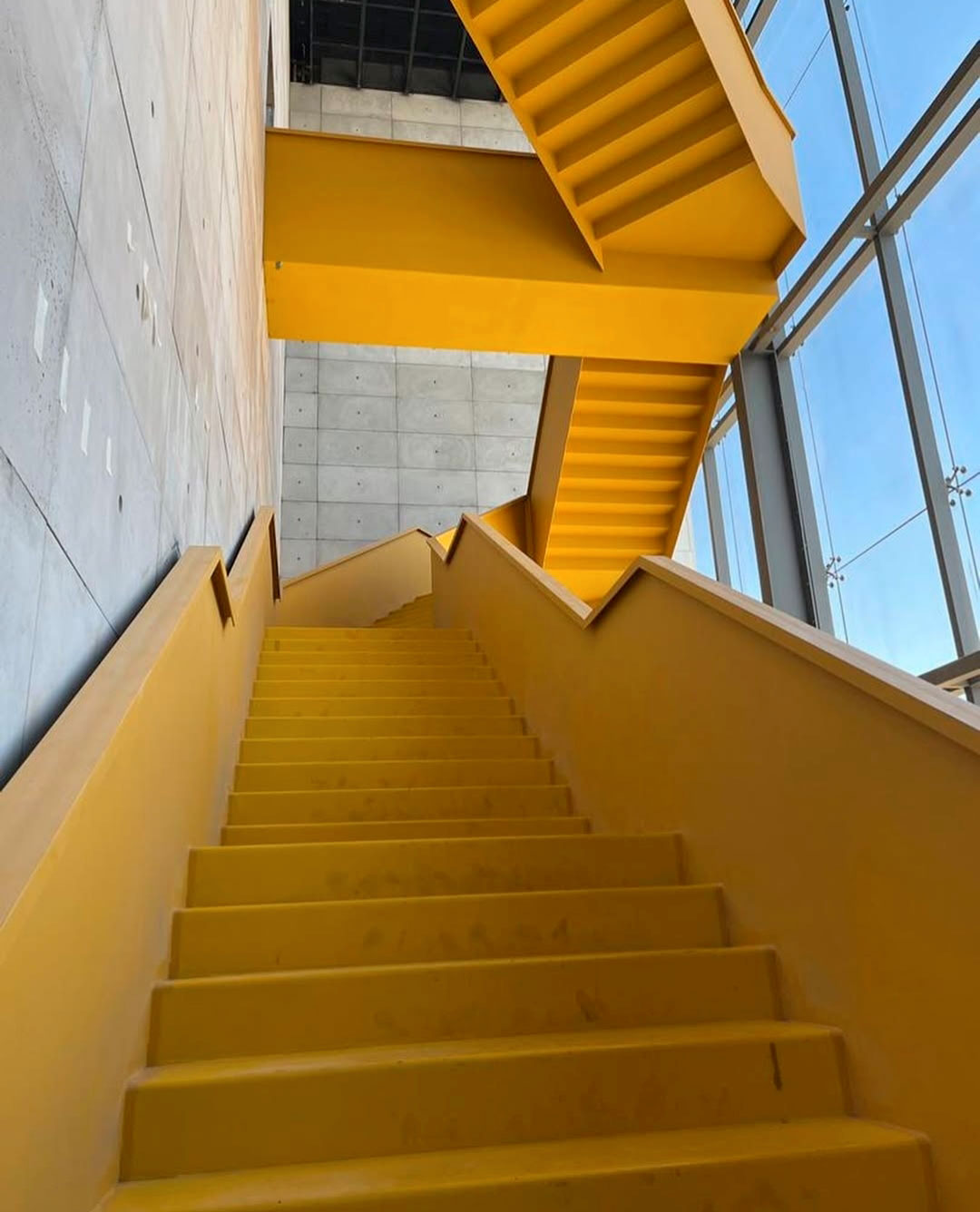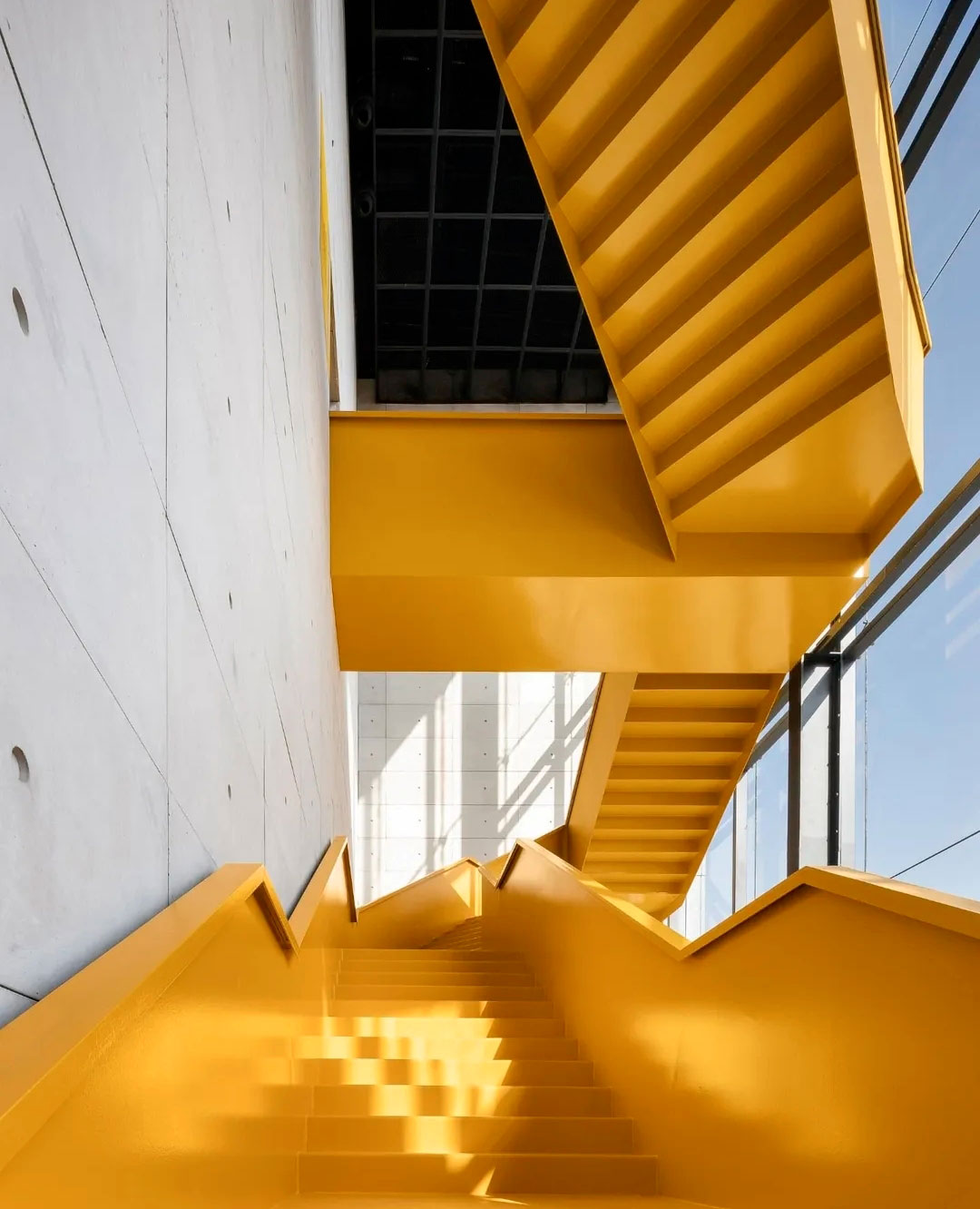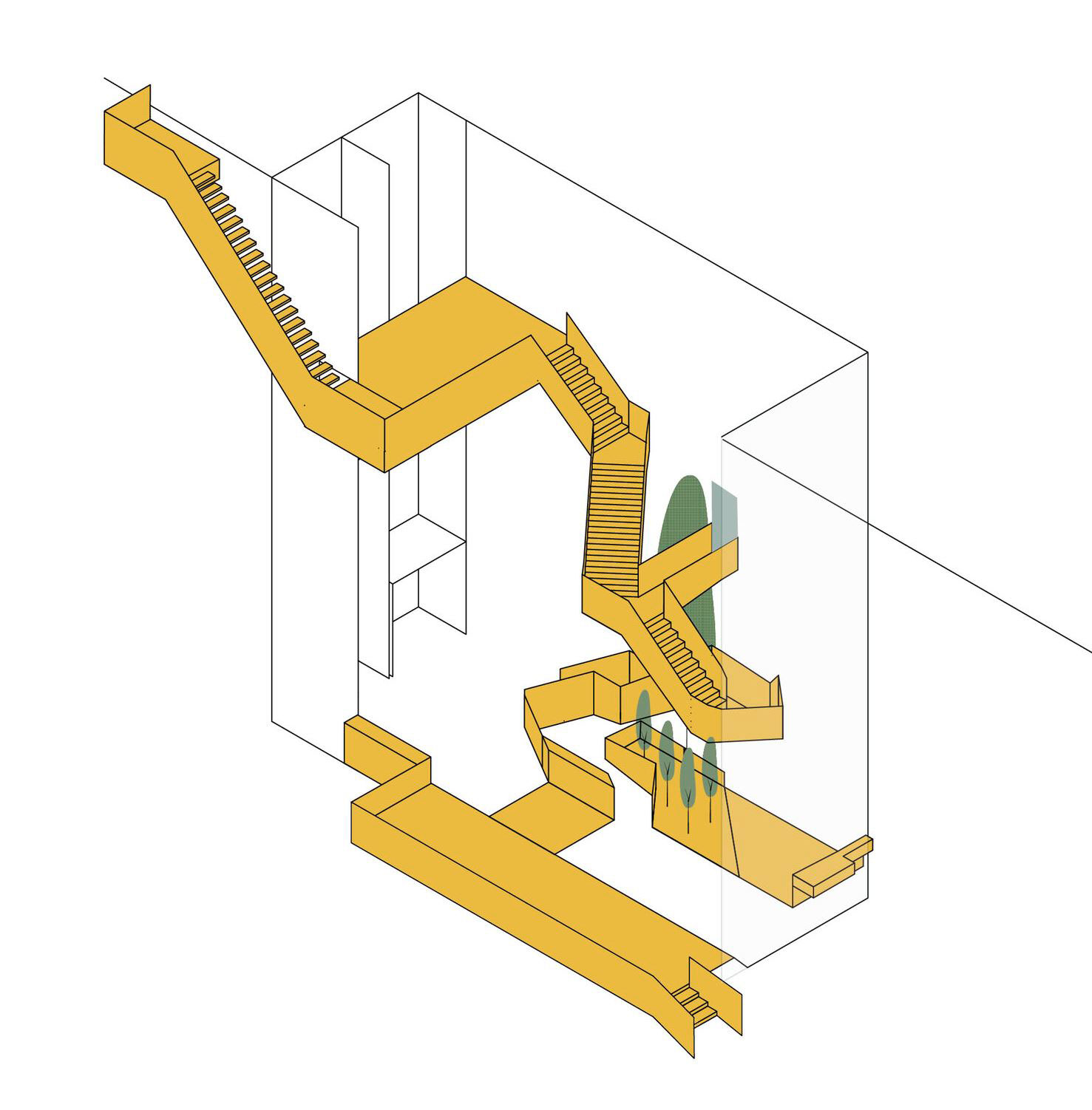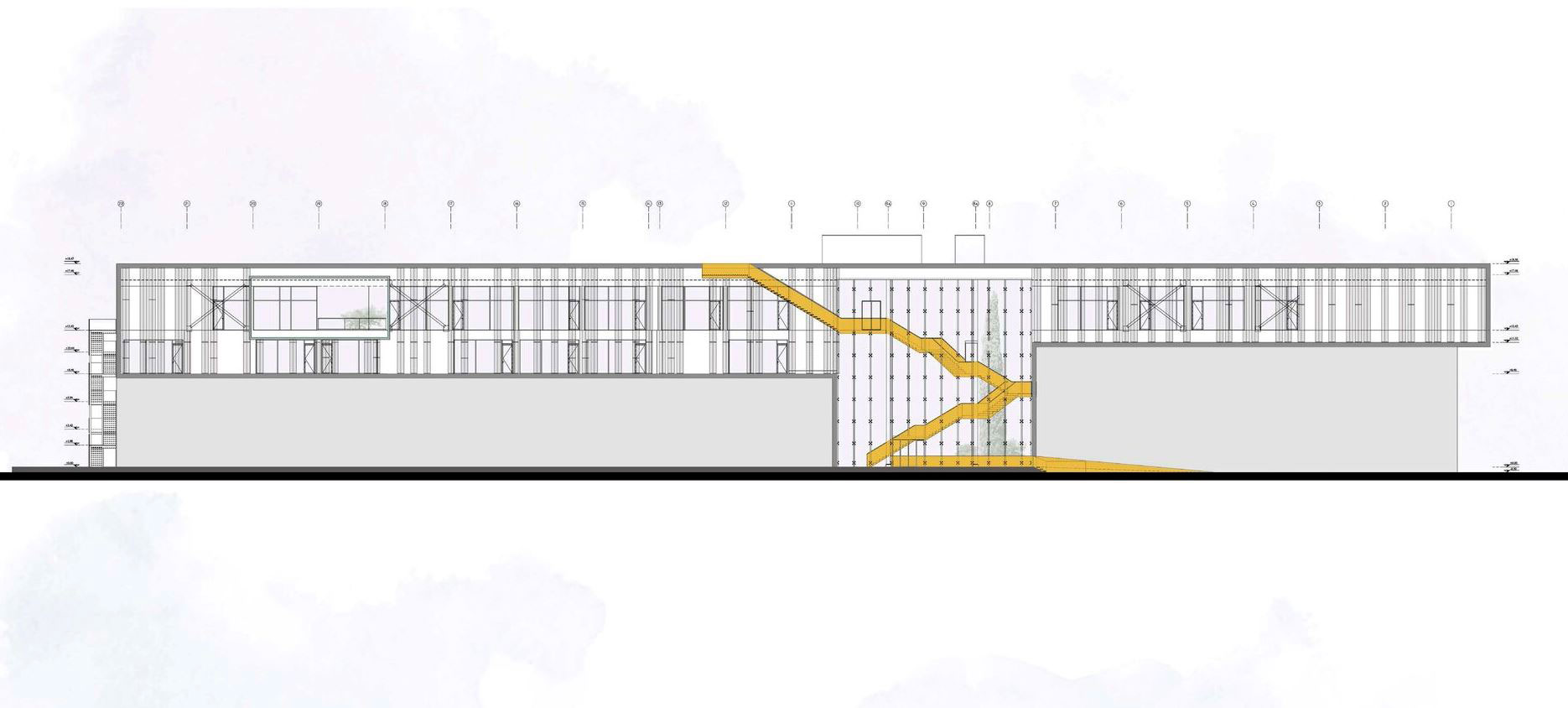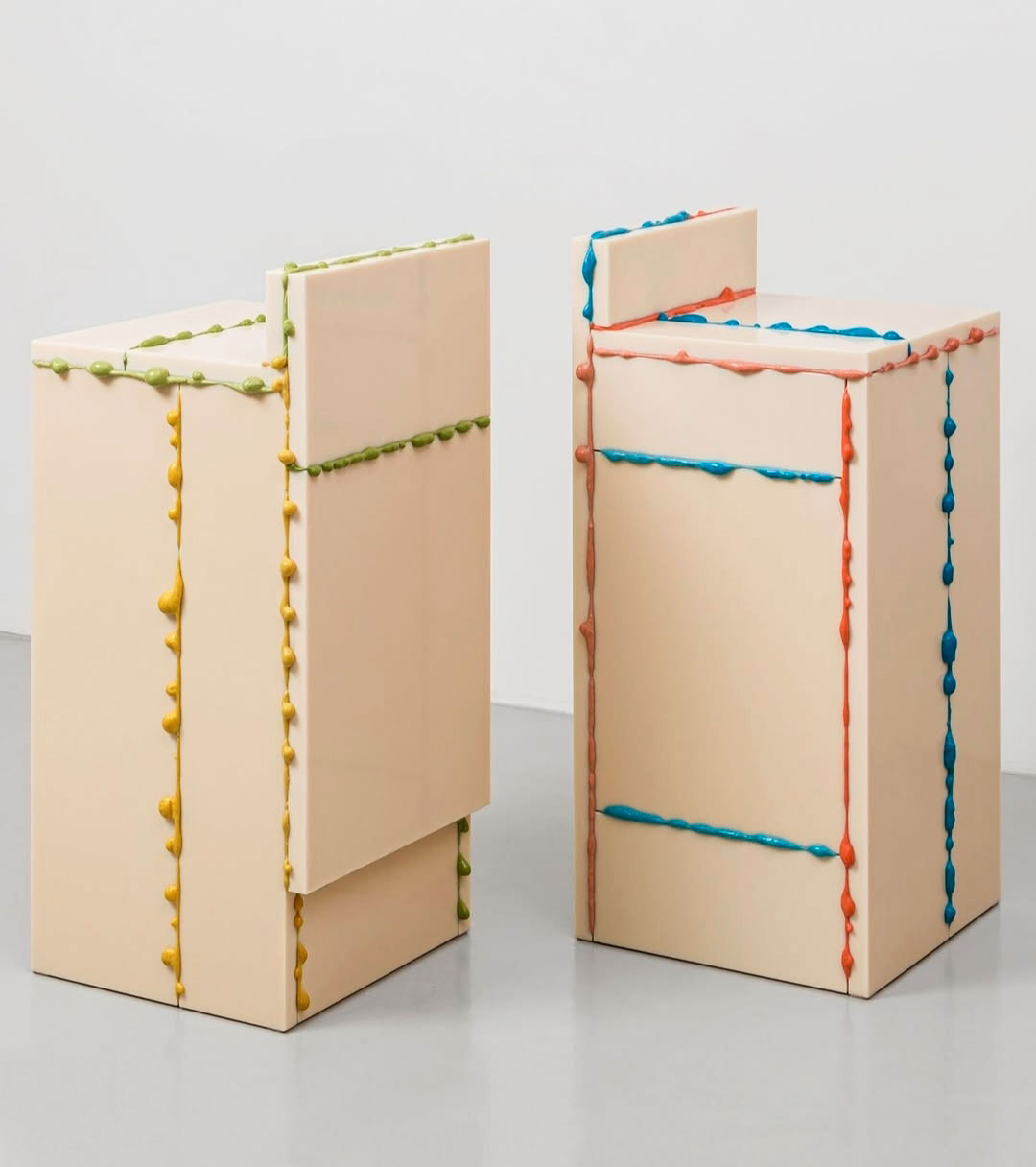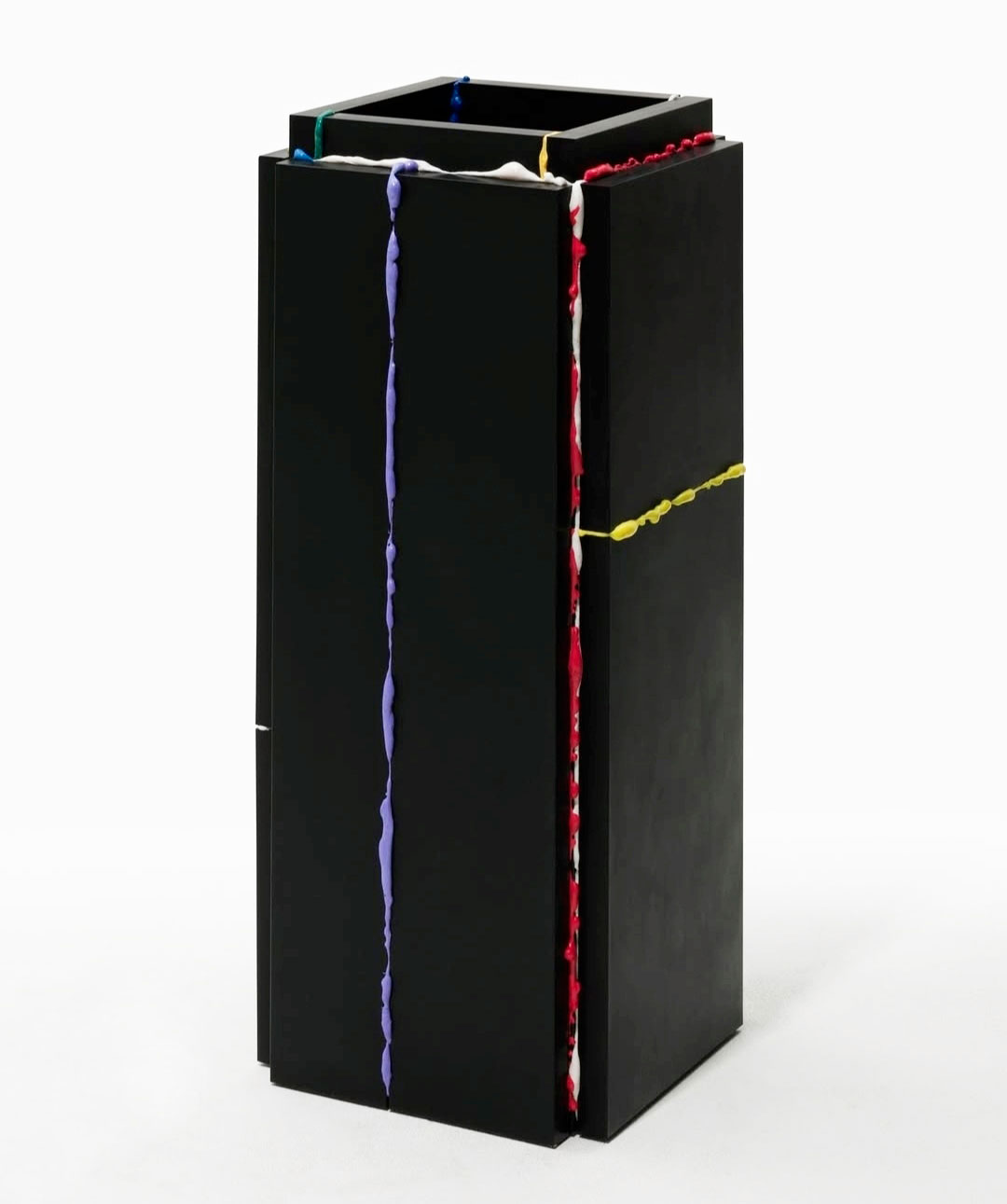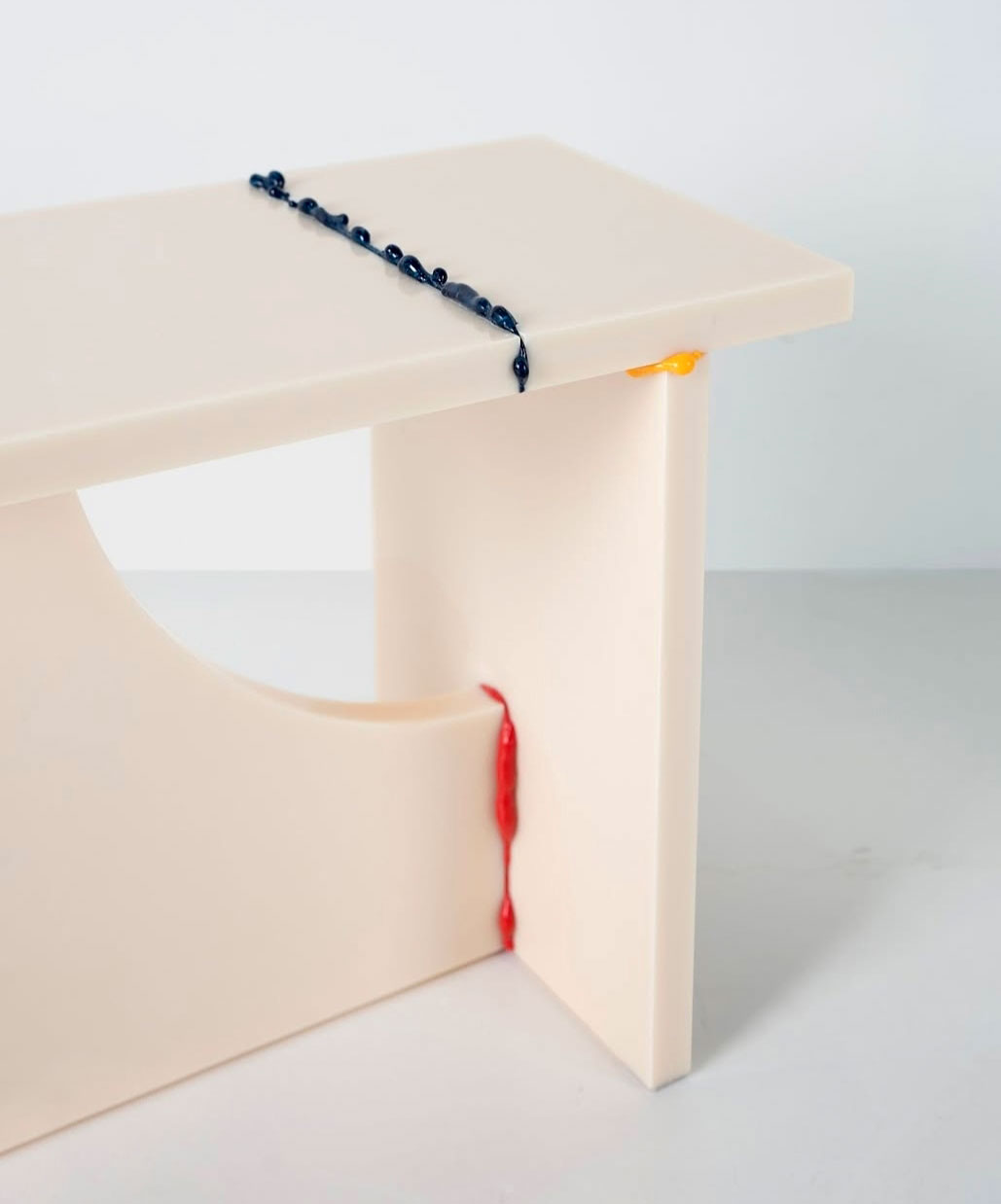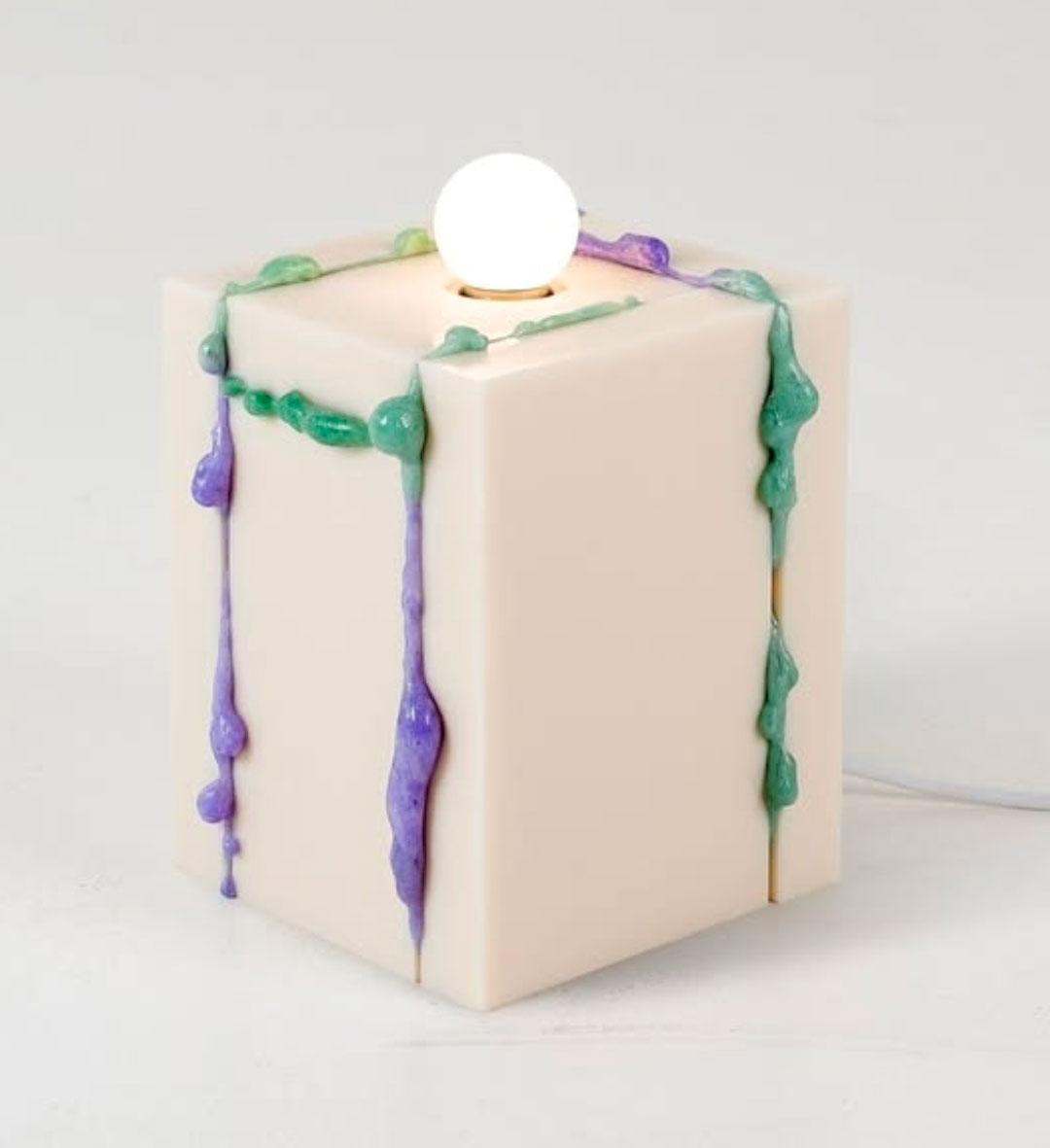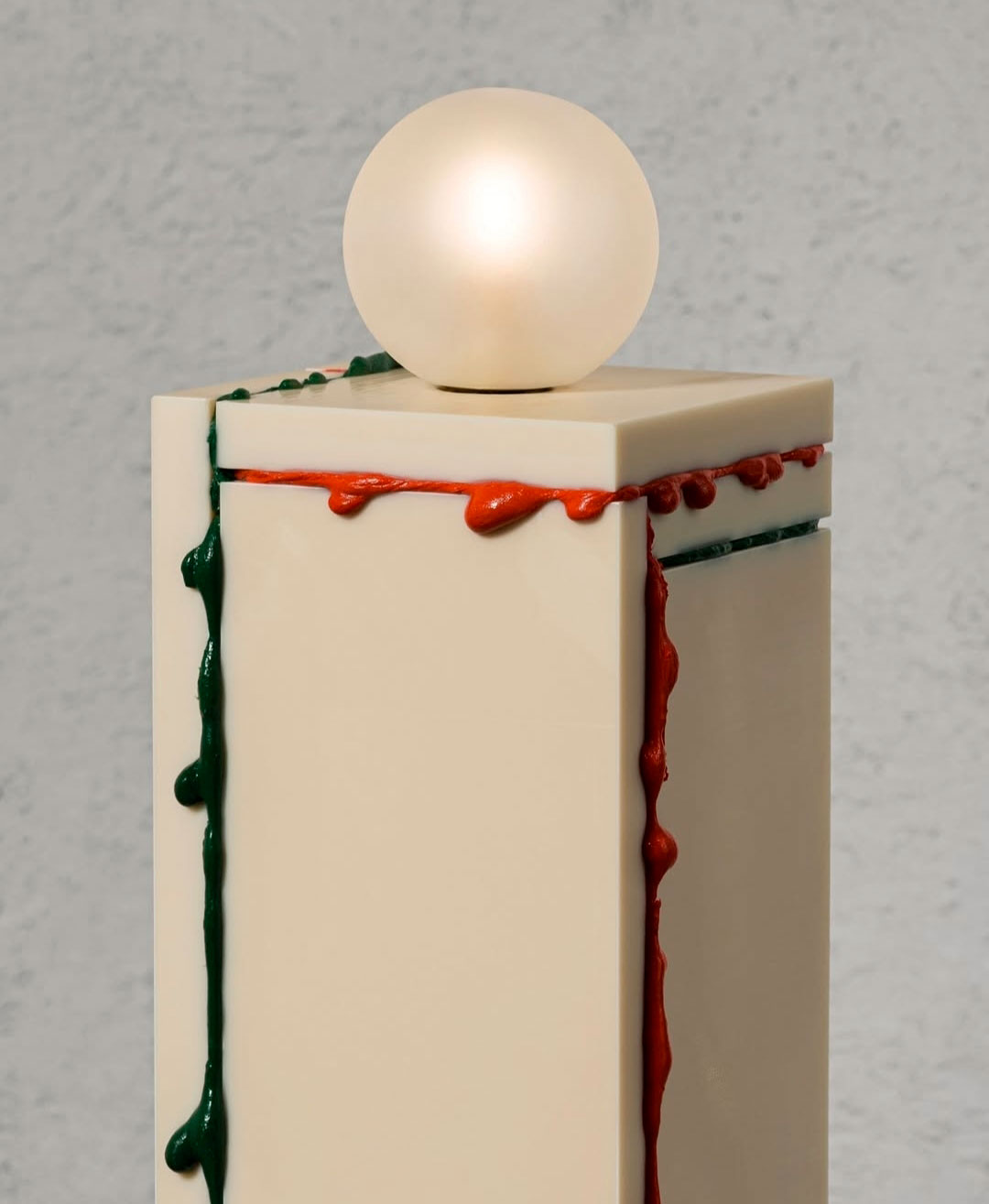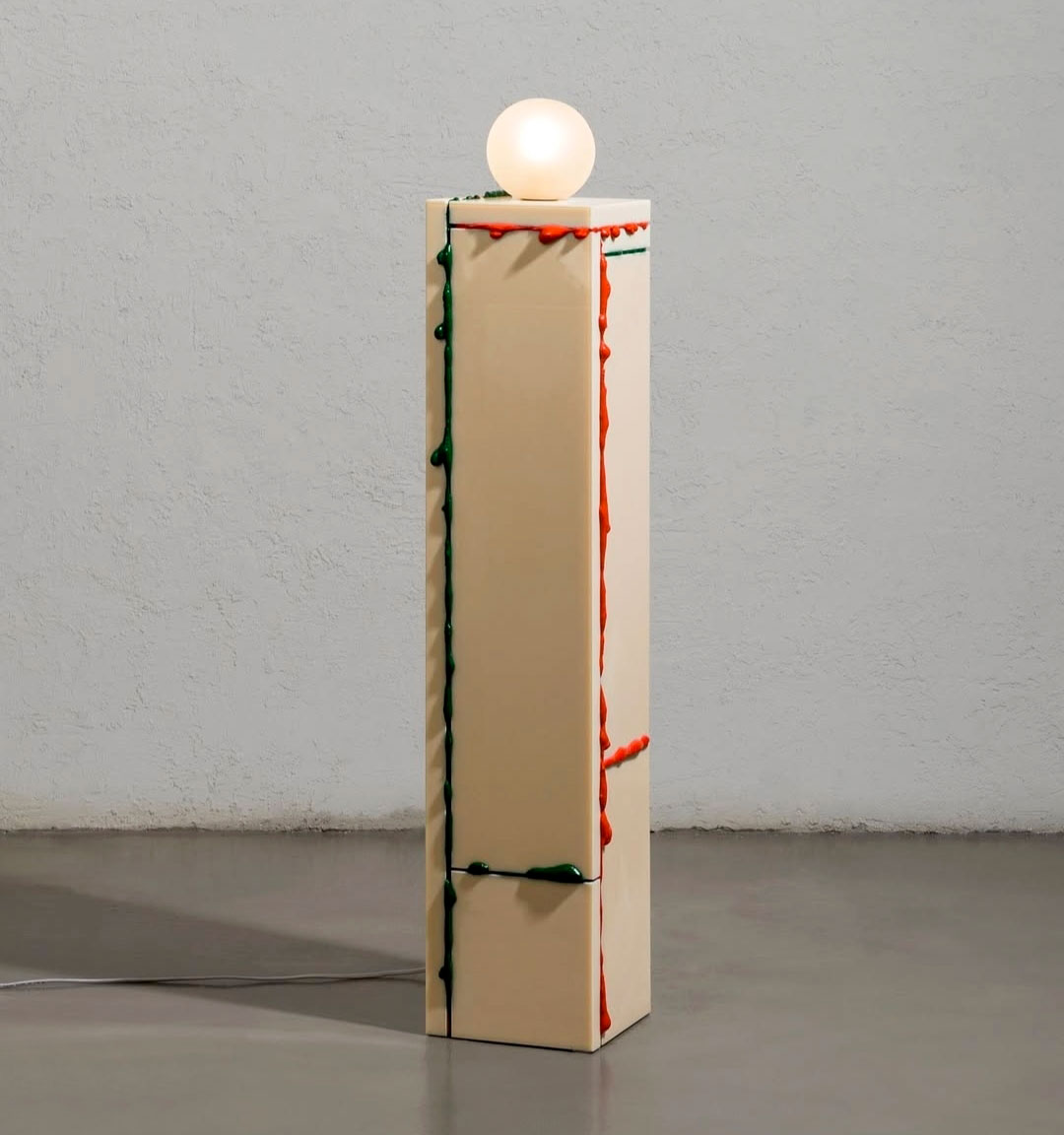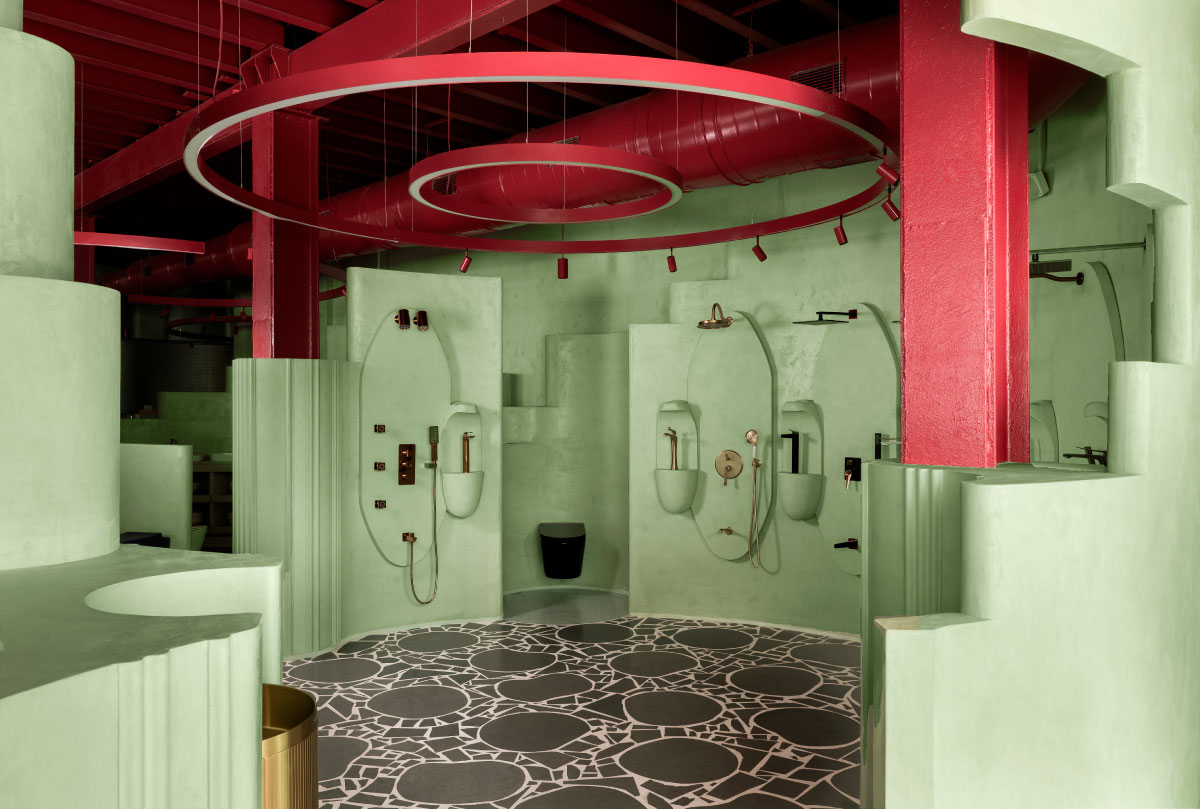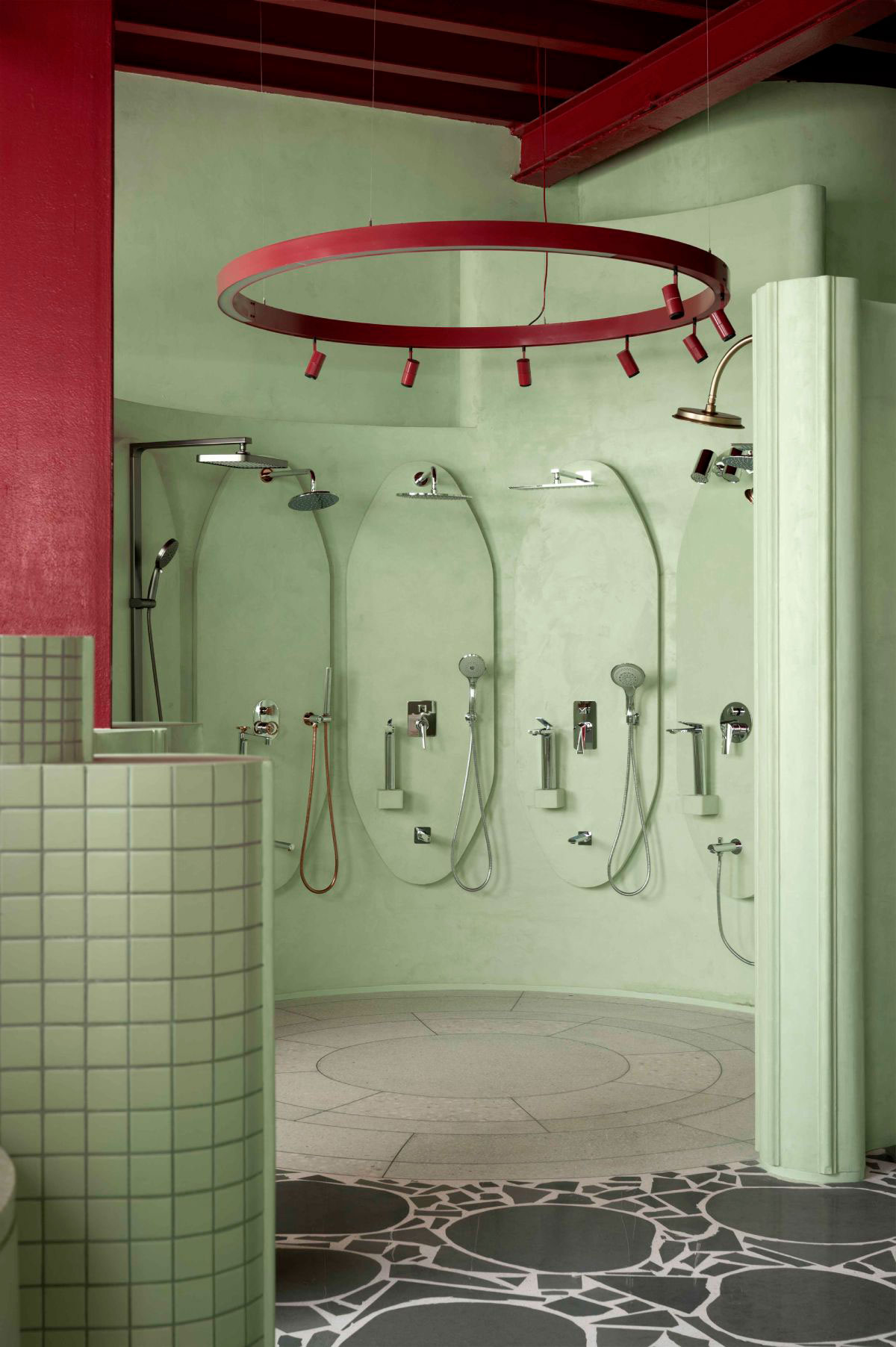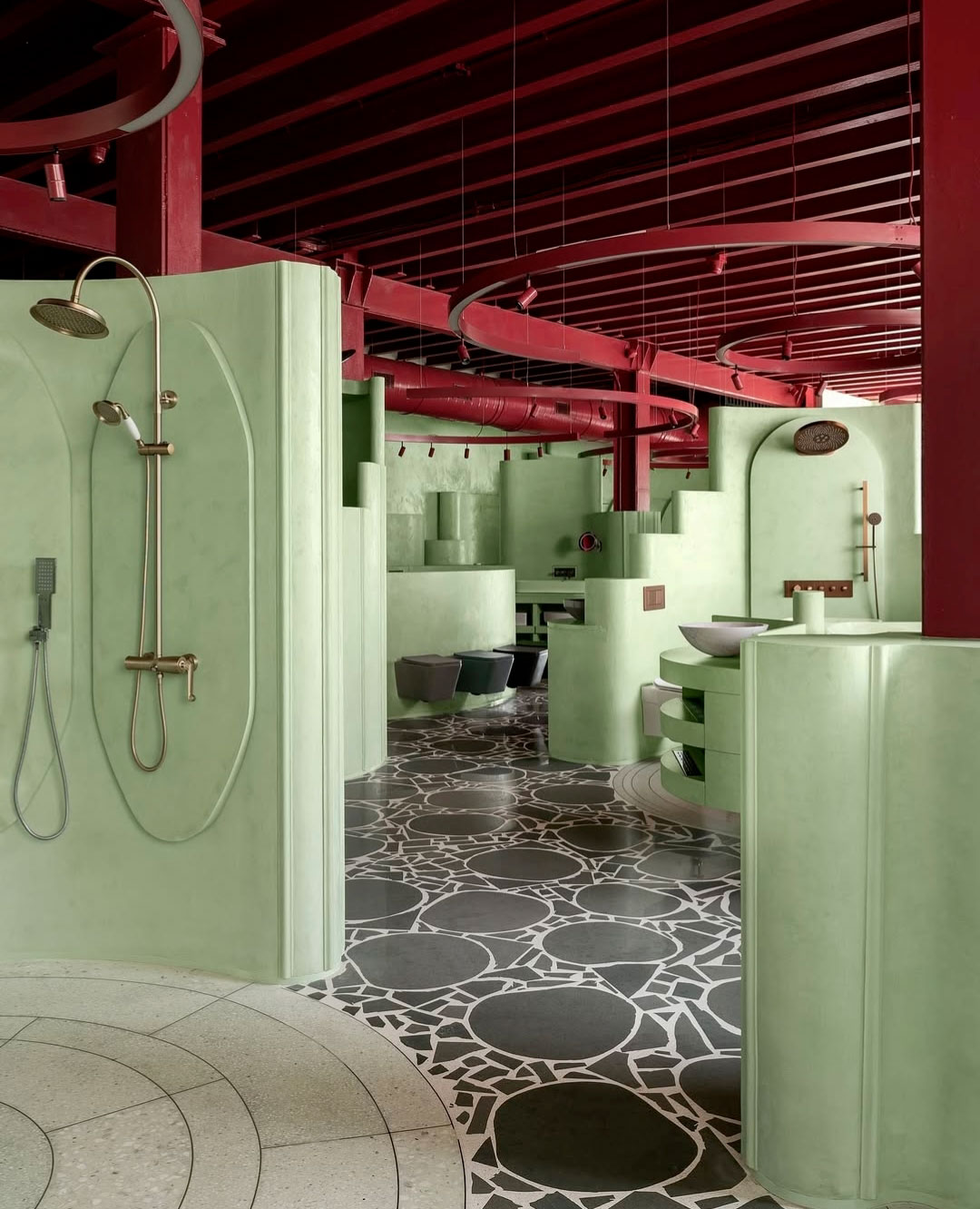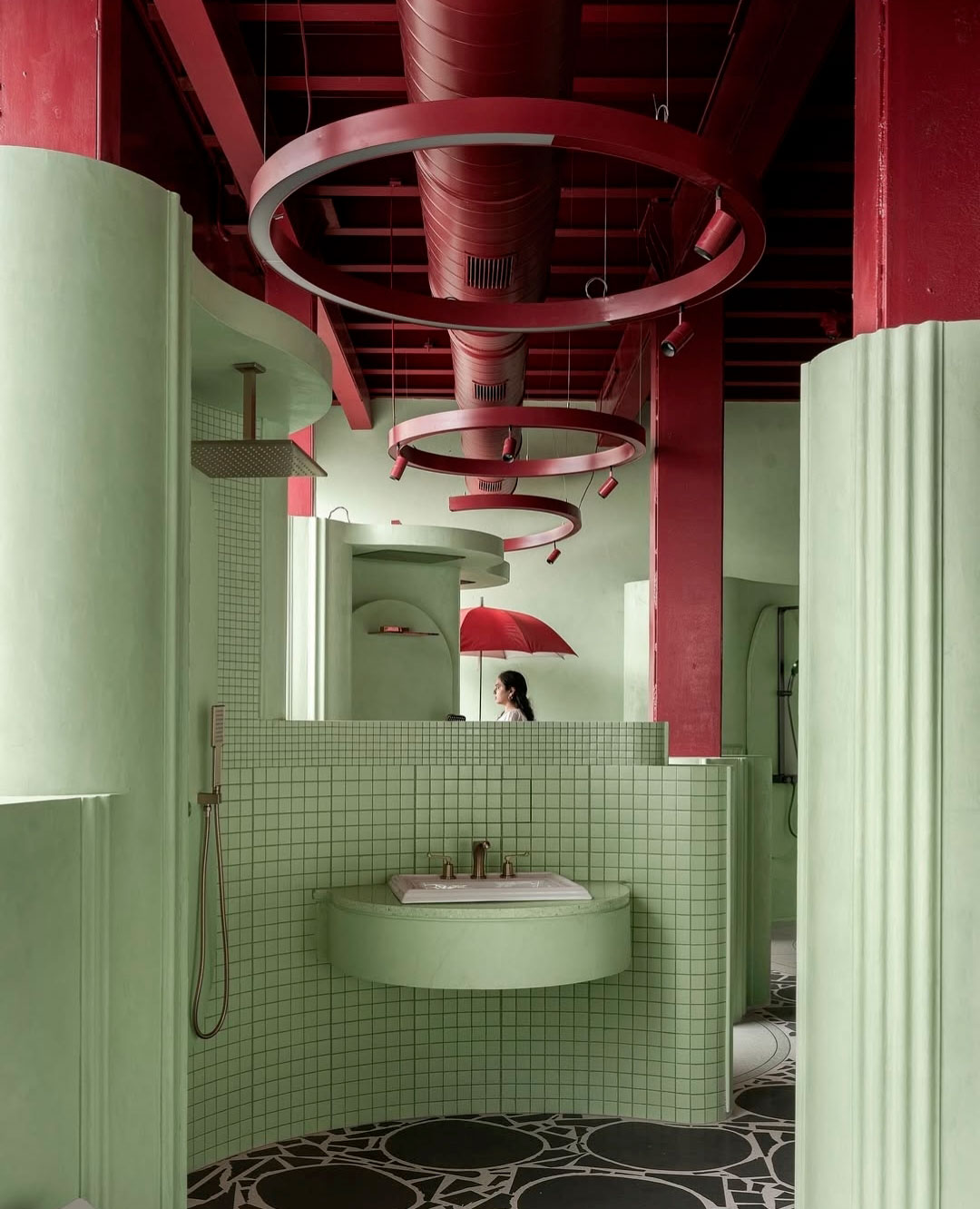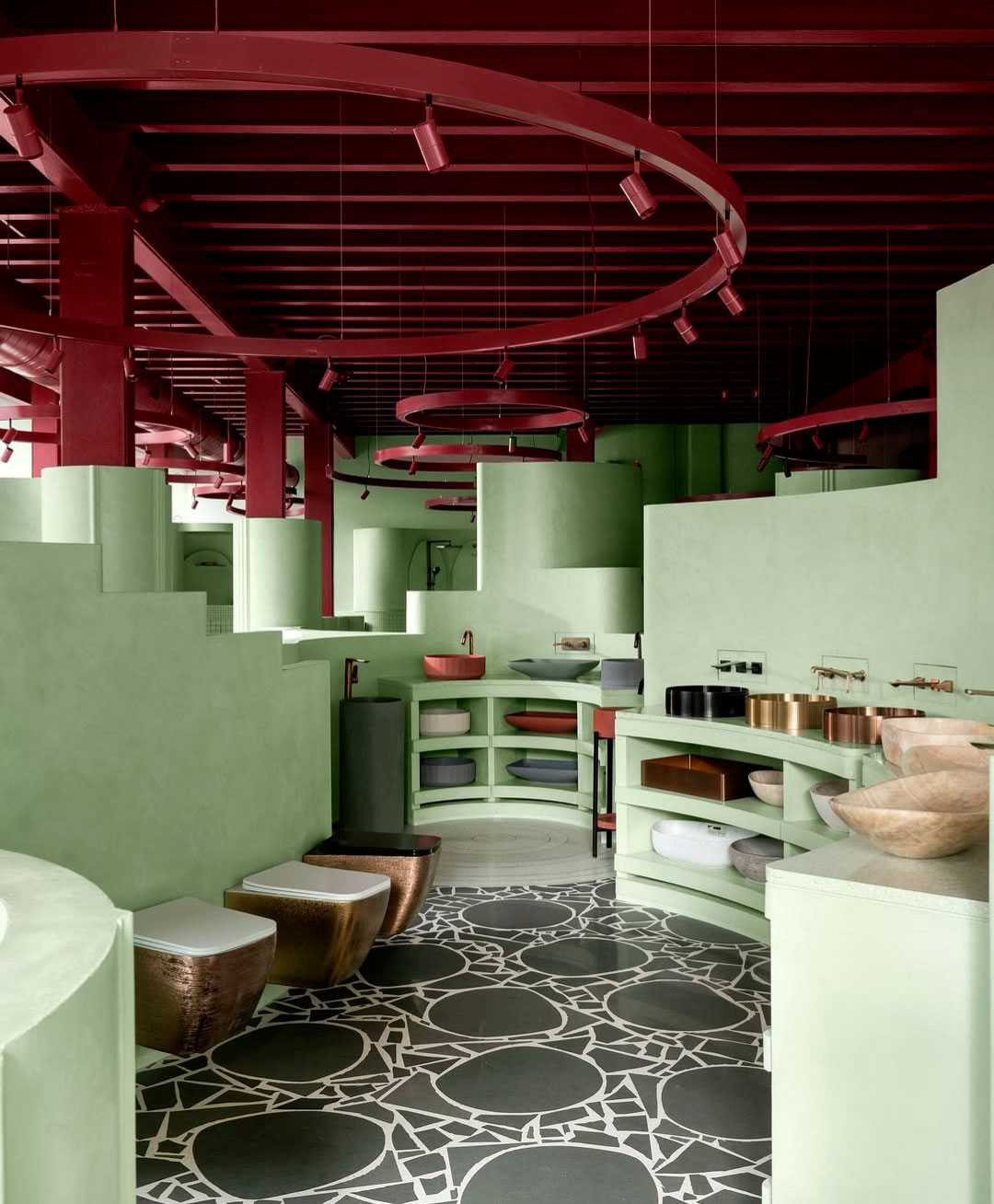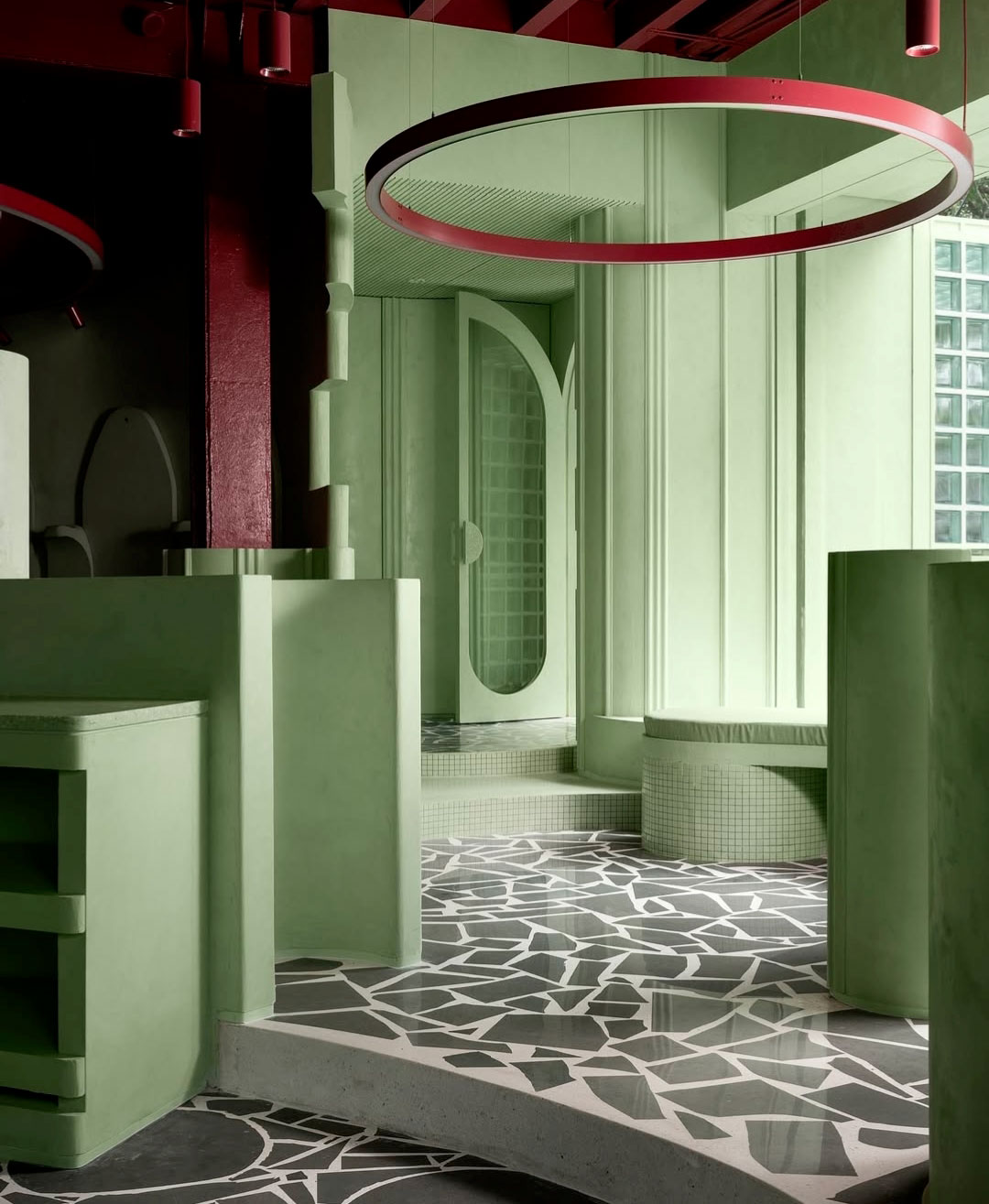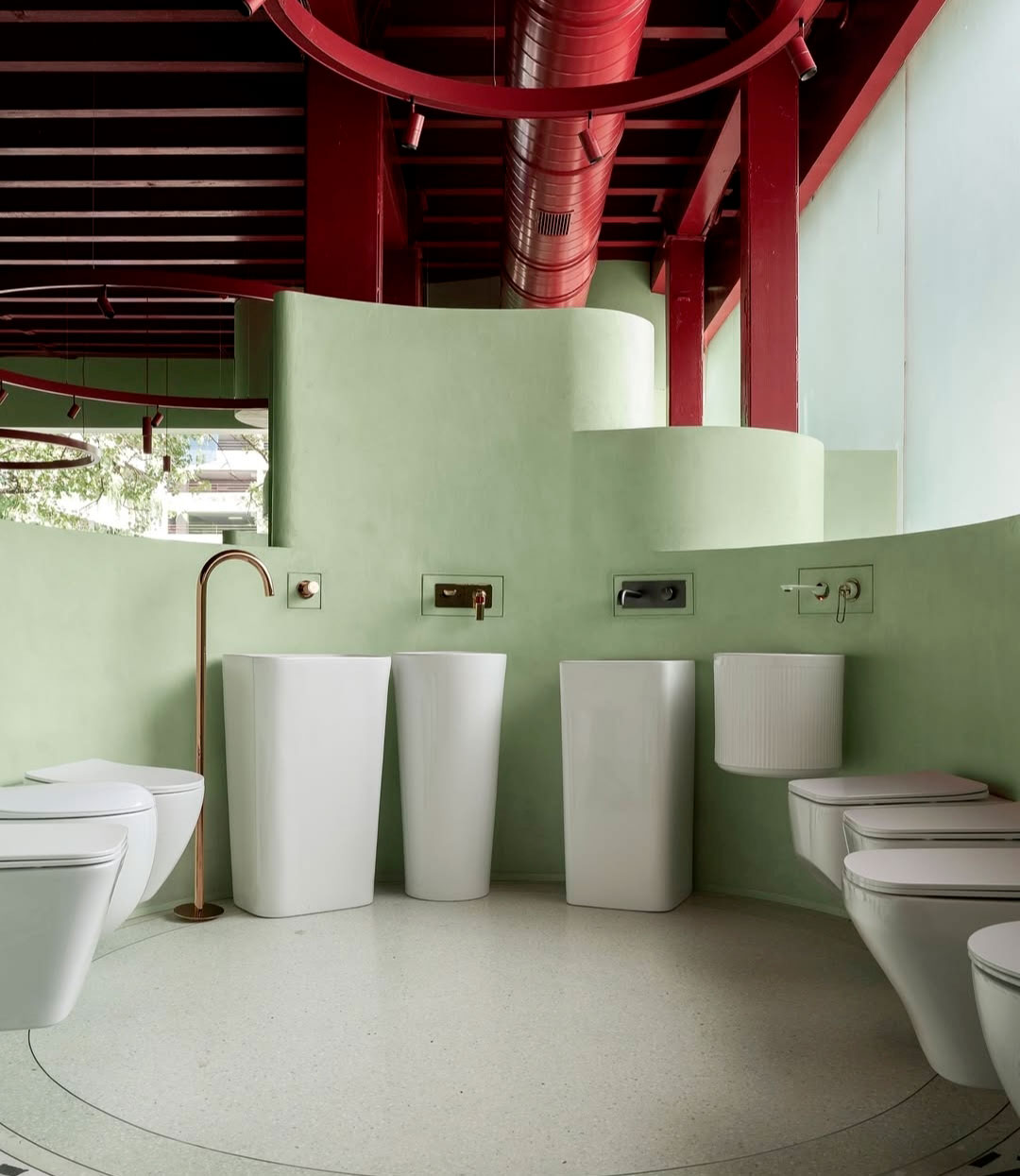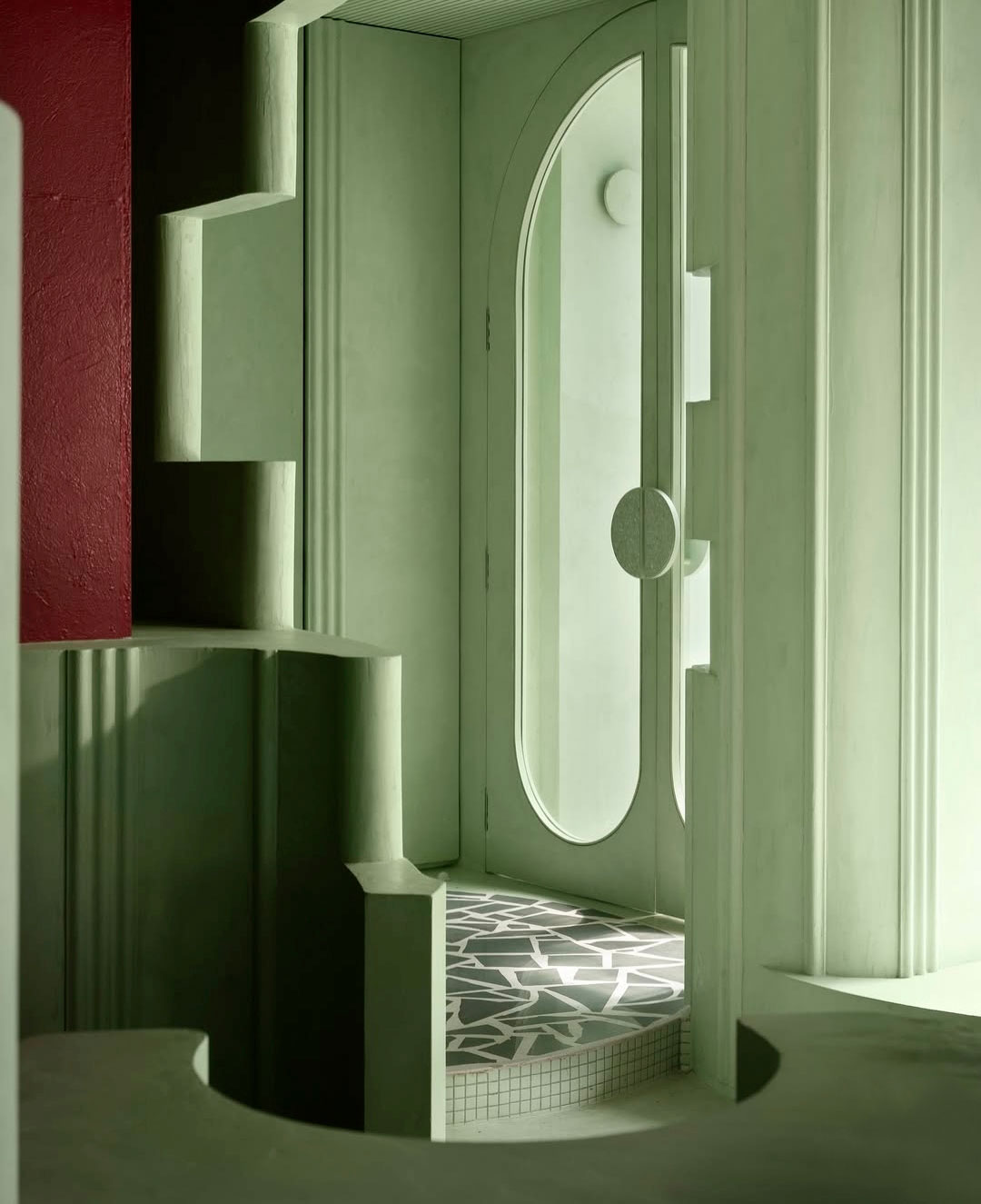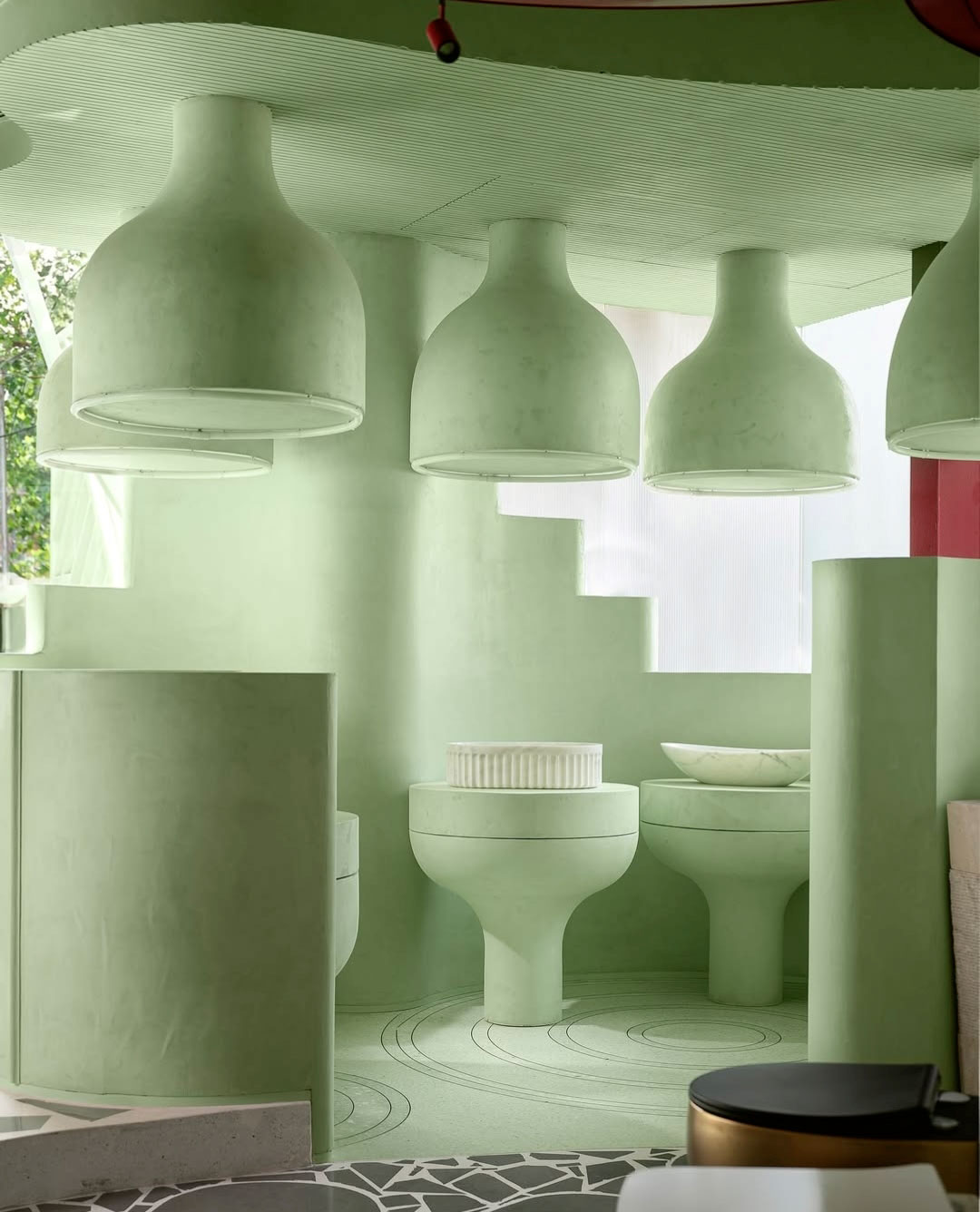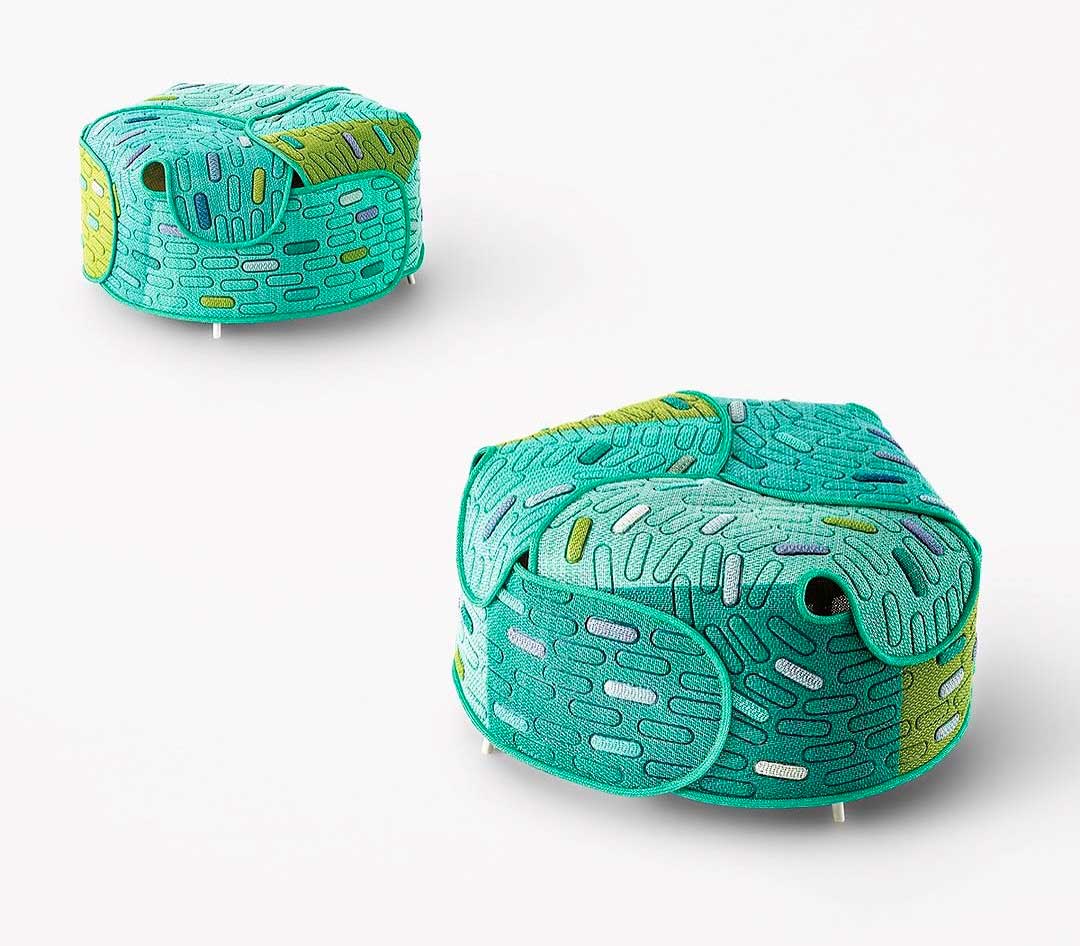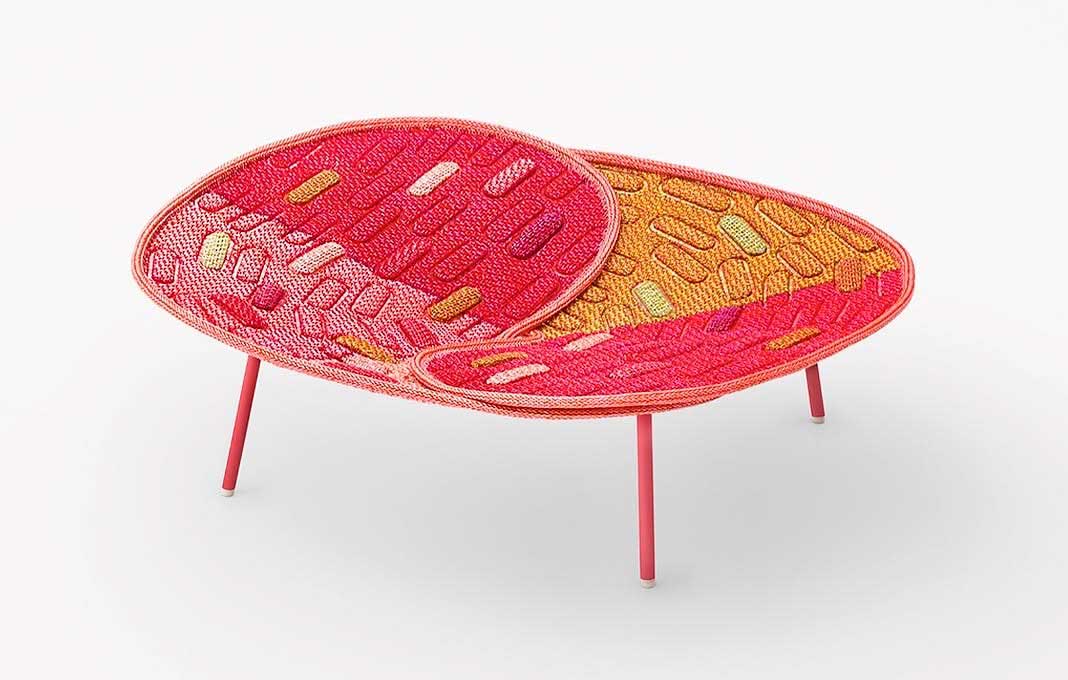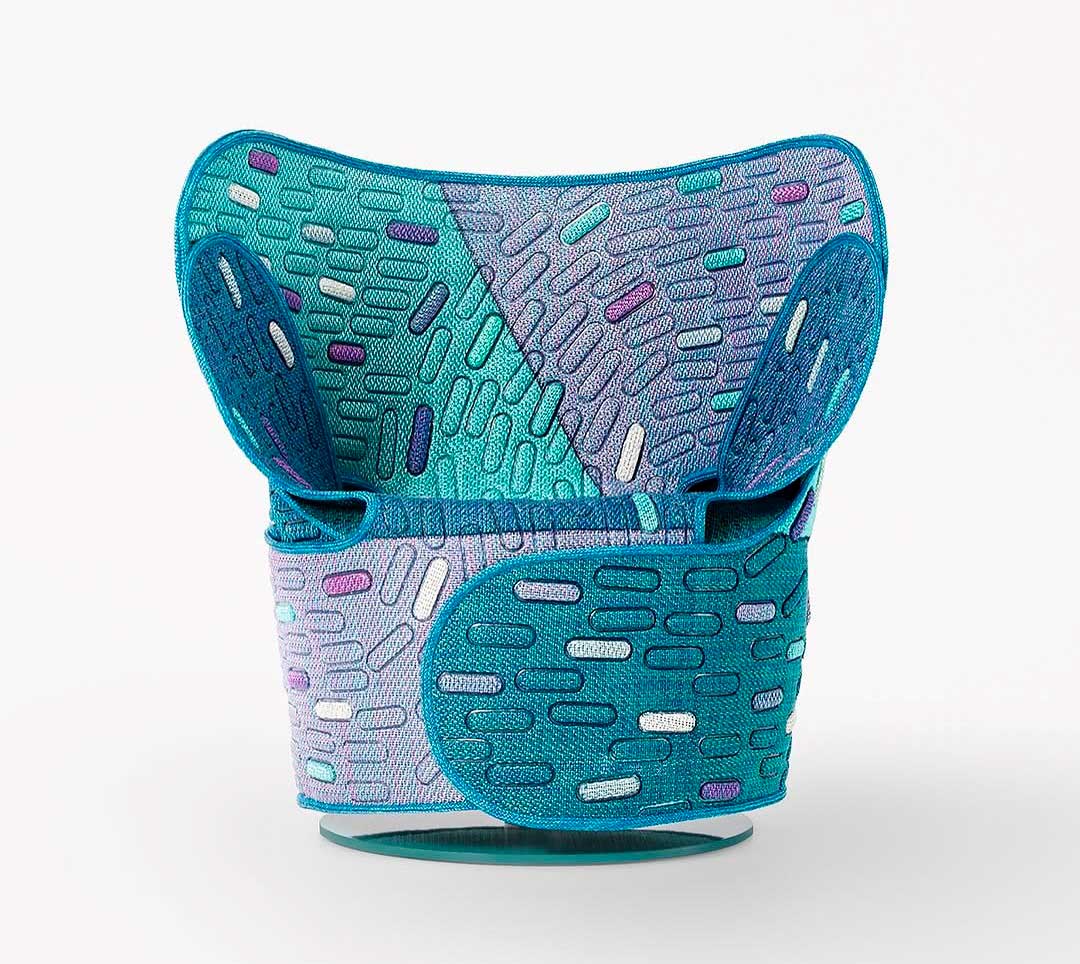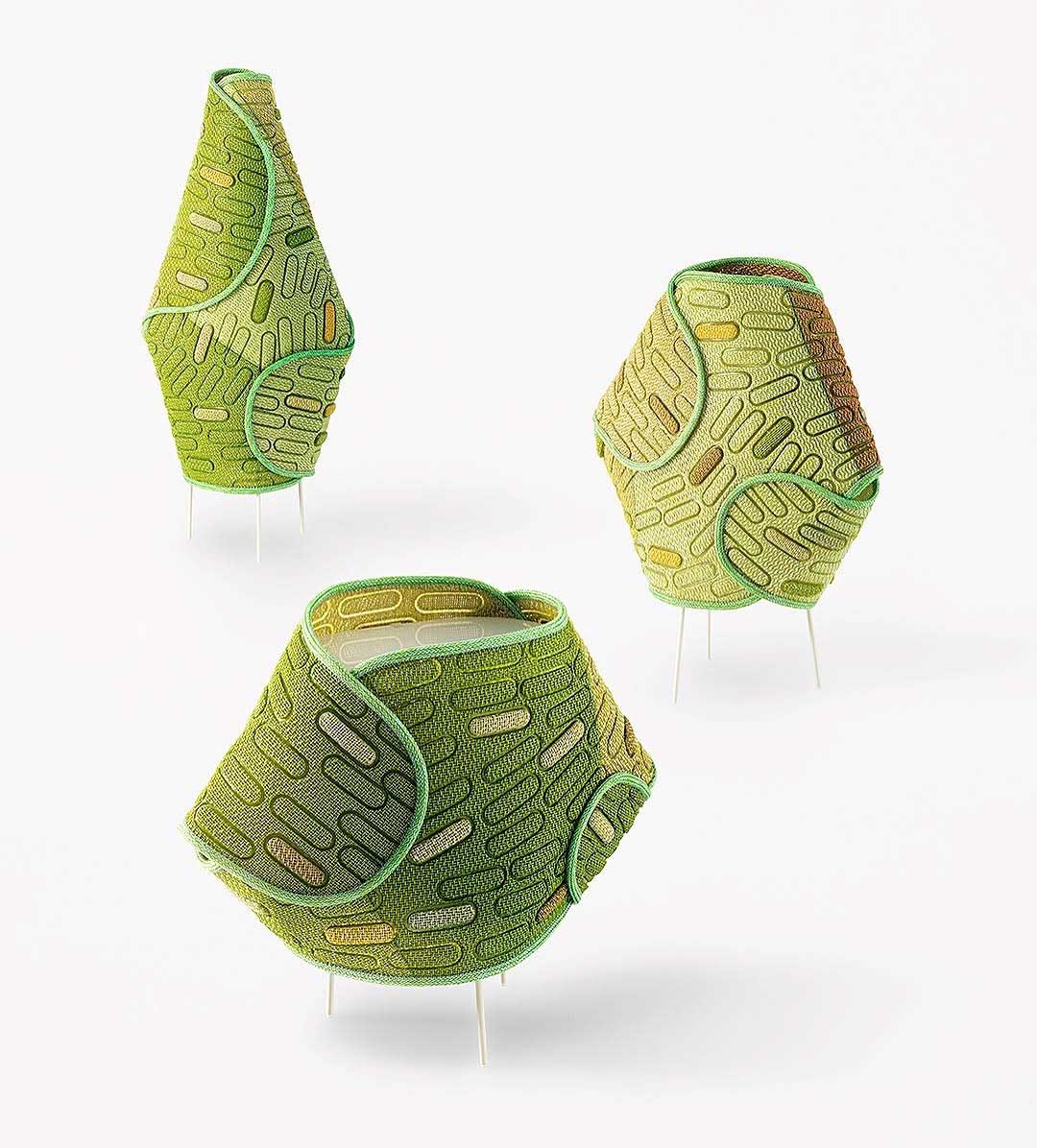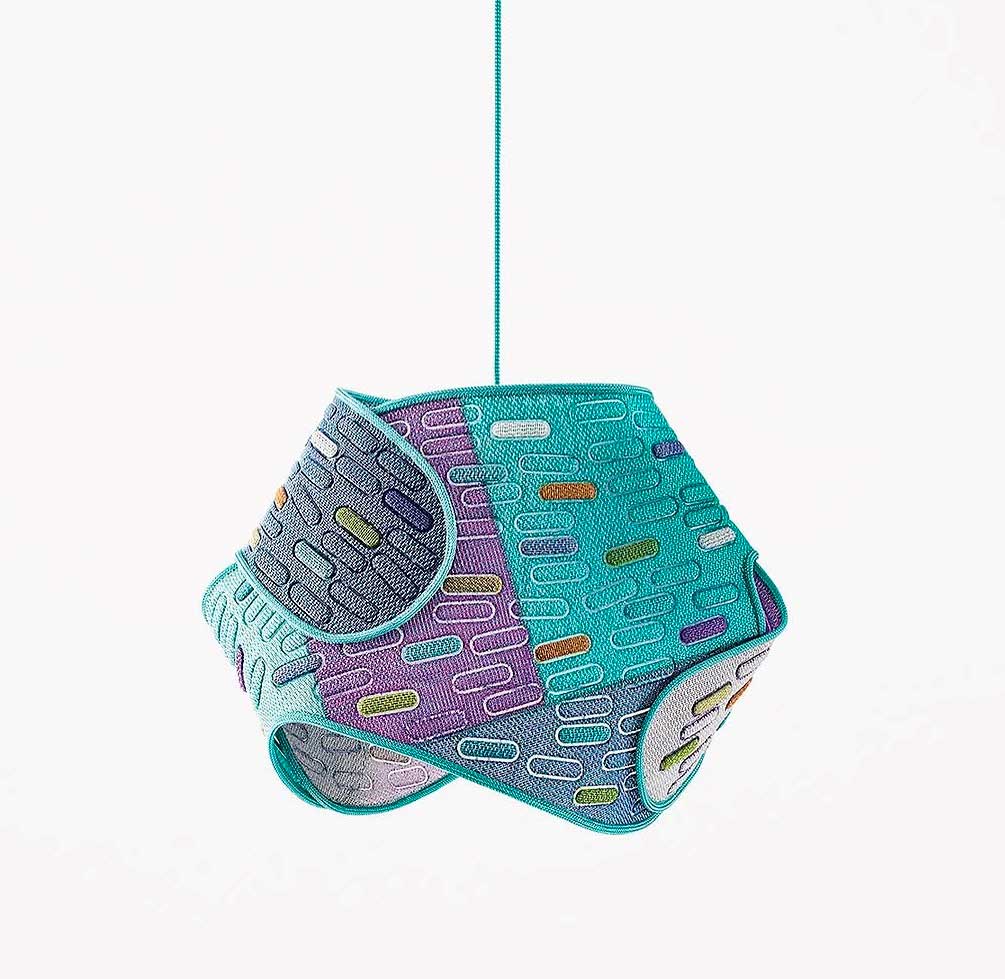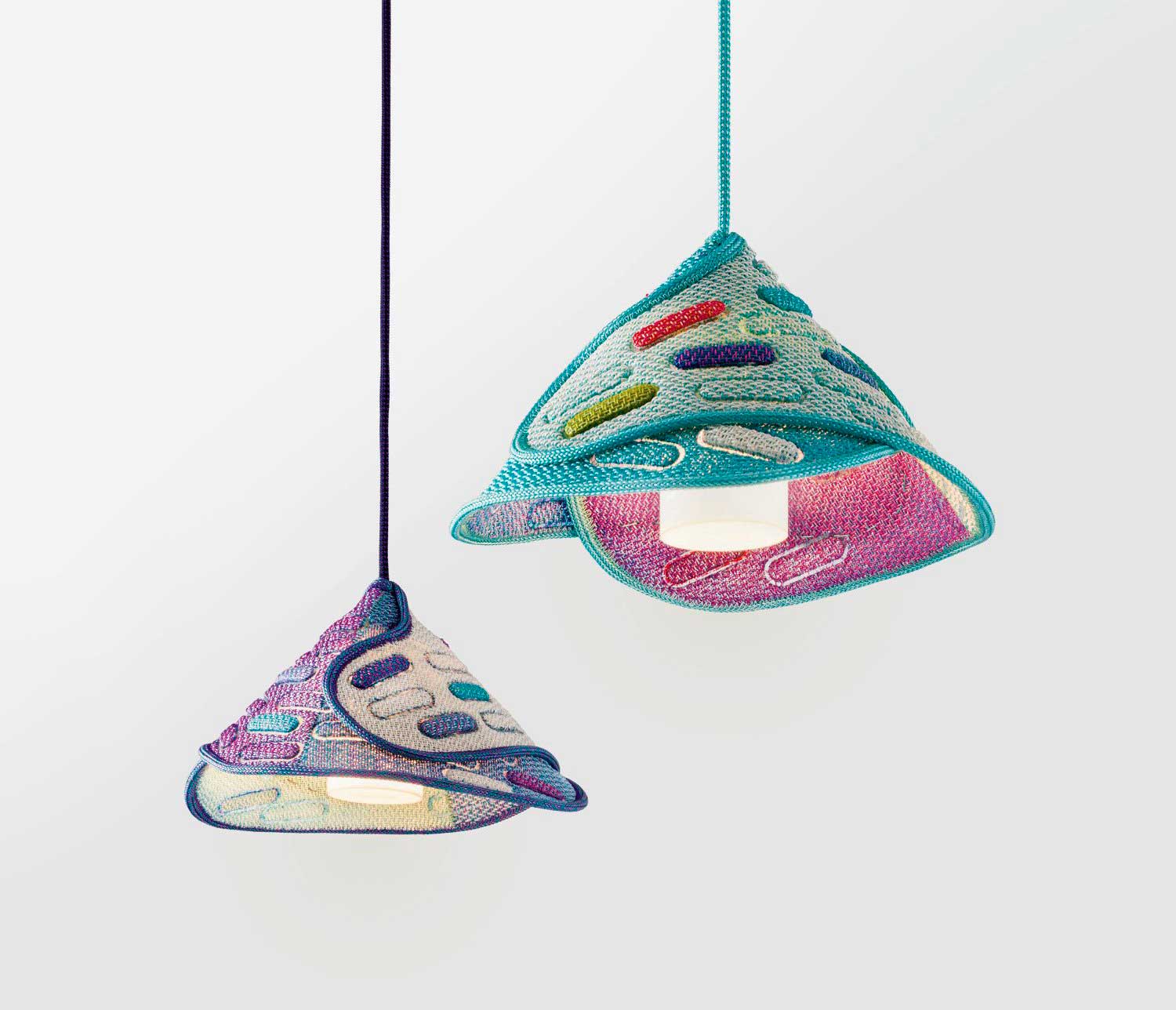VIAGGIO DOMESTICO
FURNITURE | MAARTEN DE CEULAER
«Mi sono imbattuto in un’immagine di valigie impilate, che ha immediatamente fatto scattare l’idea centrale del mio progetto: un concetto di guardaroba progettato per il nomade moderno, che viaggia e vive in tutto il mondo. Invece di un tradizionale e ingombrante guardaroba, ho creato un sistema dinamico composto da unità modulari, attentamente dimensionate e facilmente riorganizzabile in base alle mutevoli esigenze dell’utente. Questo approccio unisce la funzionalità all’eleganza del design ispirato al viaggio».
Questa suggestione tipologica sta alla base del progetto di laurea di Maarten de Ceulaer, designer olandese, sviluppato anni fa con il supporto del maestro artigiano della pelle Ralph Baggaley.
Di recente, il pezzo ha catturato l’attenzione di Nina Yashar della Nilufar Gallery di Milano che, intuendo il suo potenziale, ha esortato il designer a sviluppare l’intera collezione Suitcase, accompagnata da una meravigliosa selezione di colori accostabili liberamente.
Domestic travel – «I came across an image of stacked suitcases, which immediately sparked the central idea of my project: a wardrobe concept designed for the modern nomad, who travels and lives all over the world. Instead of a traditional, cumbersome wardrobe, I created a dynamic system of modular units, carefully sized and easily rearranged according to the changing needs of the user. This approach combines functionality with the elegance of travel-inspired design».
This typological suggestion is the basis of Dutch designer Maarten de Ceulaer’s graduation project, developed years ago with the support of master leather craftsman Ralph Baggaley.
The piece recently caught the attention of Nina Yashar of Nilufar Gallery in Milan, who, sensing its potential, encouraged the designer to develop the entire Suitcase collection, accompanied by a beautiful selection of freely combinable colors.

